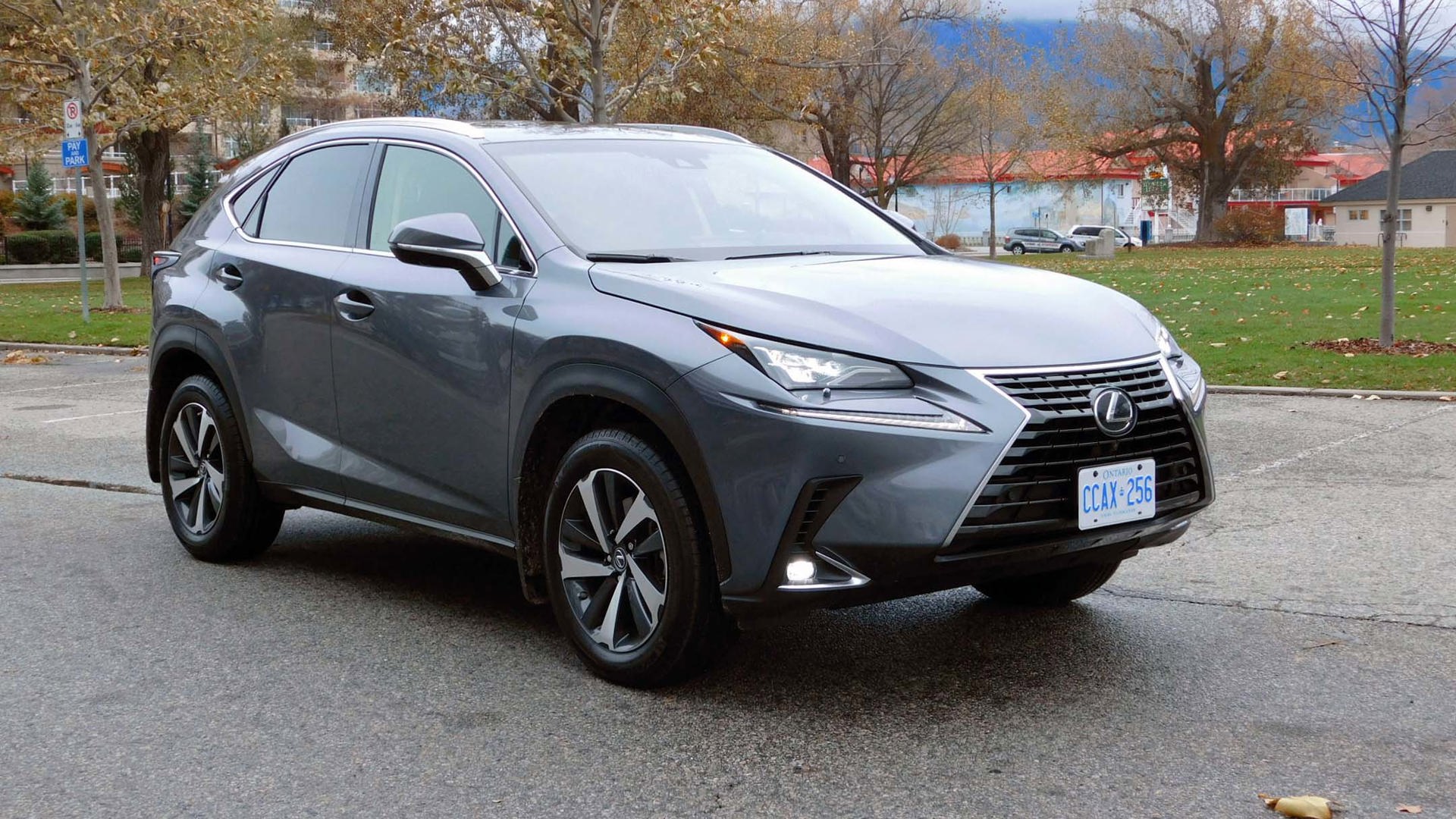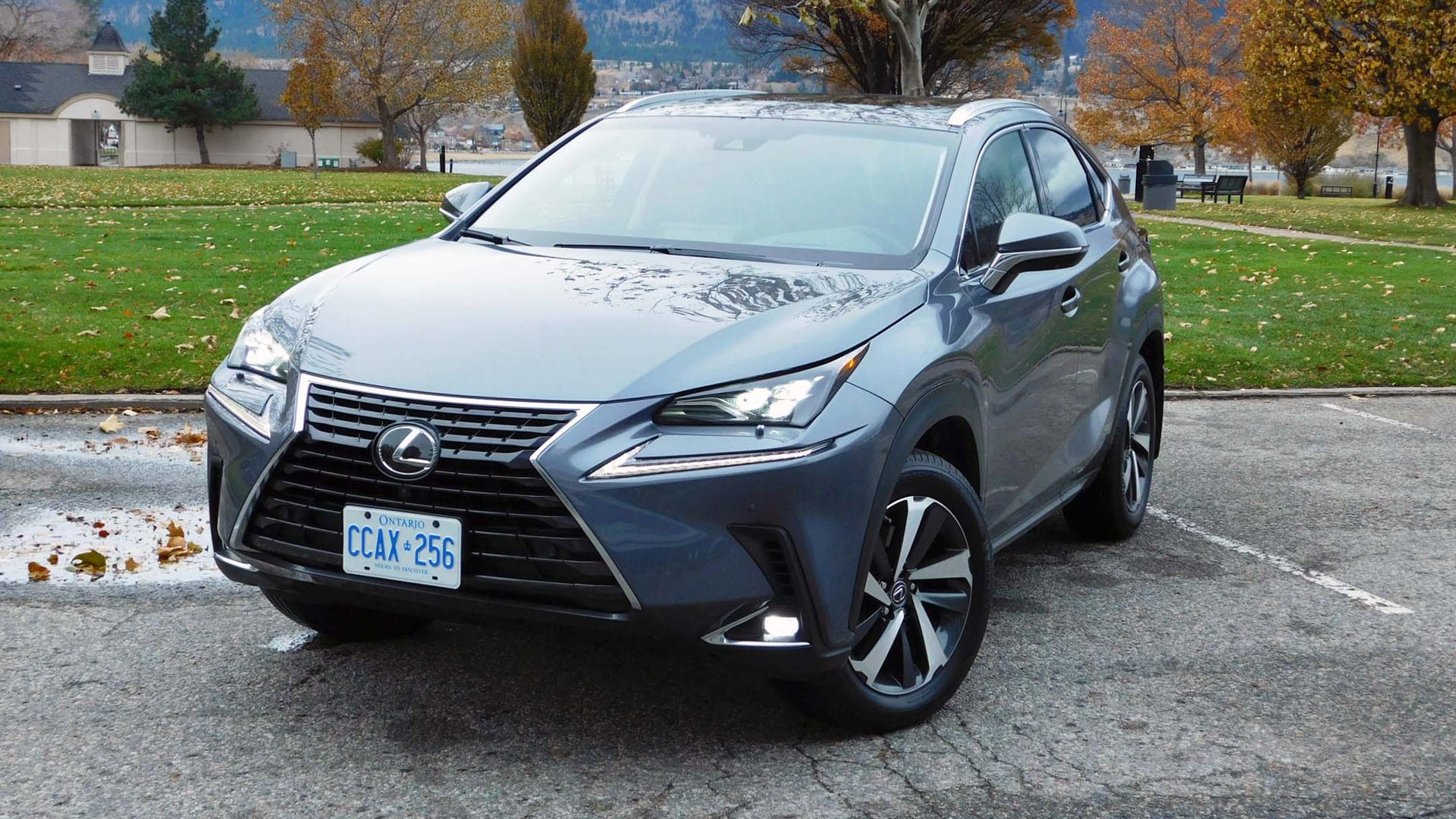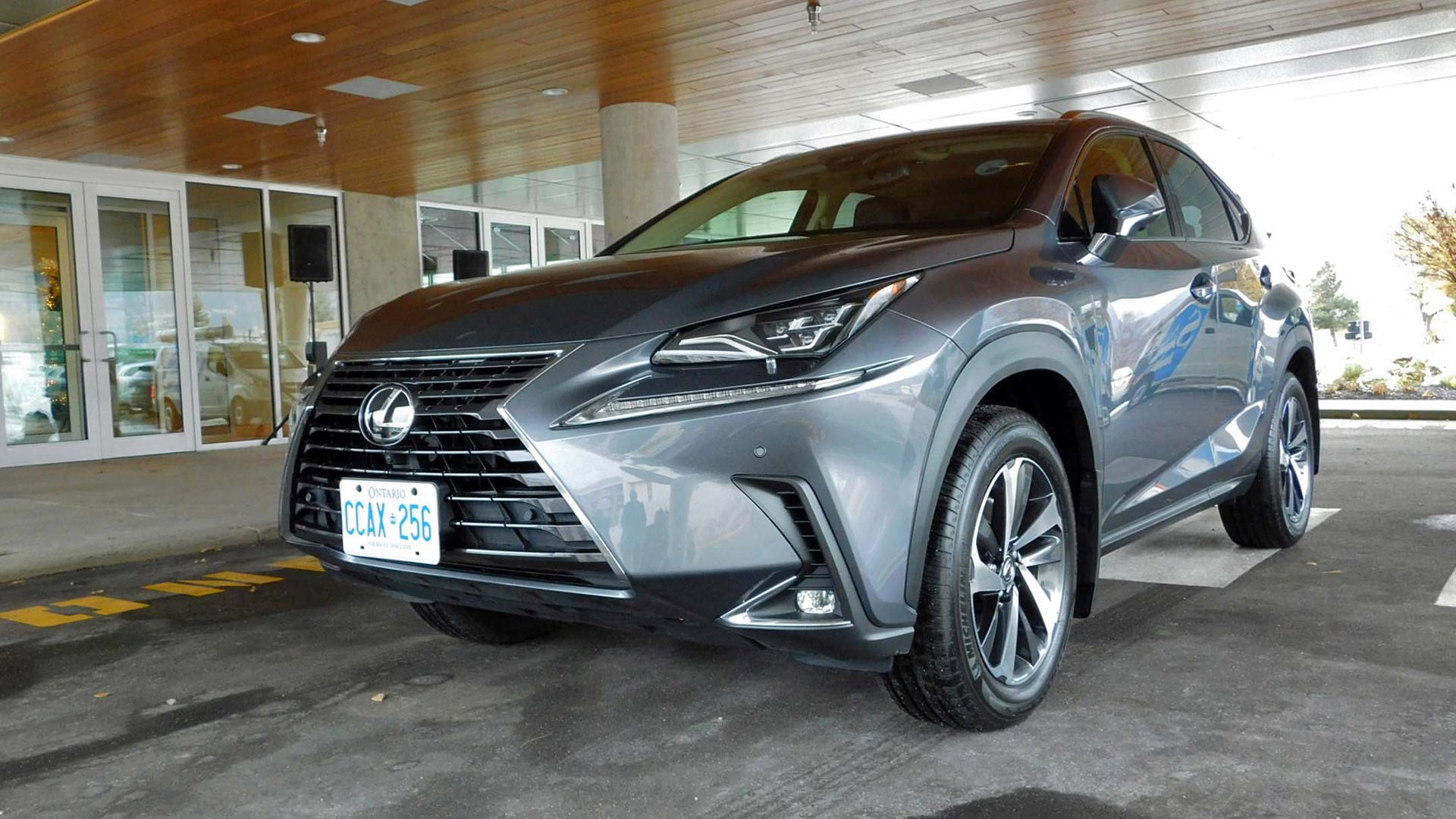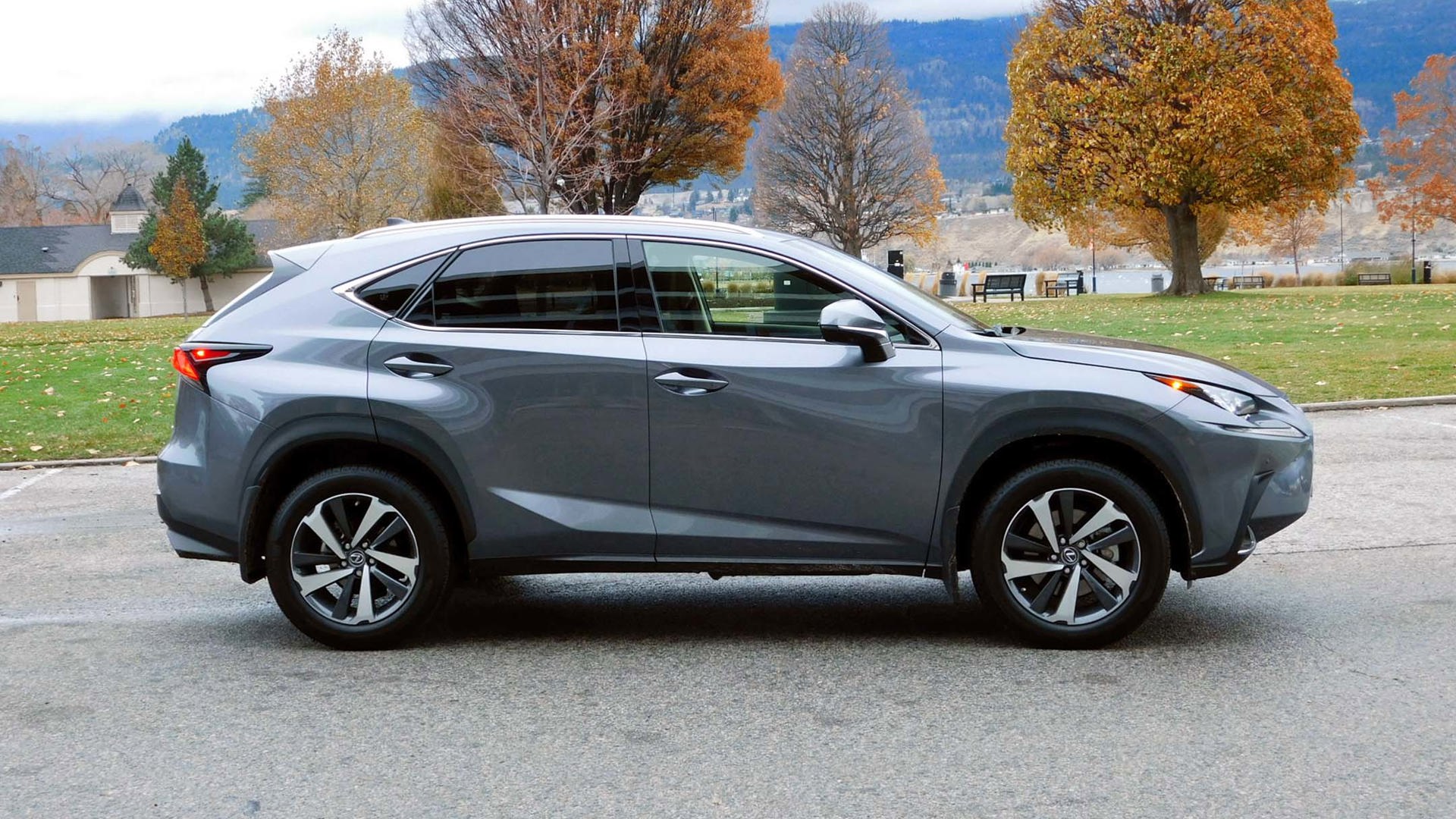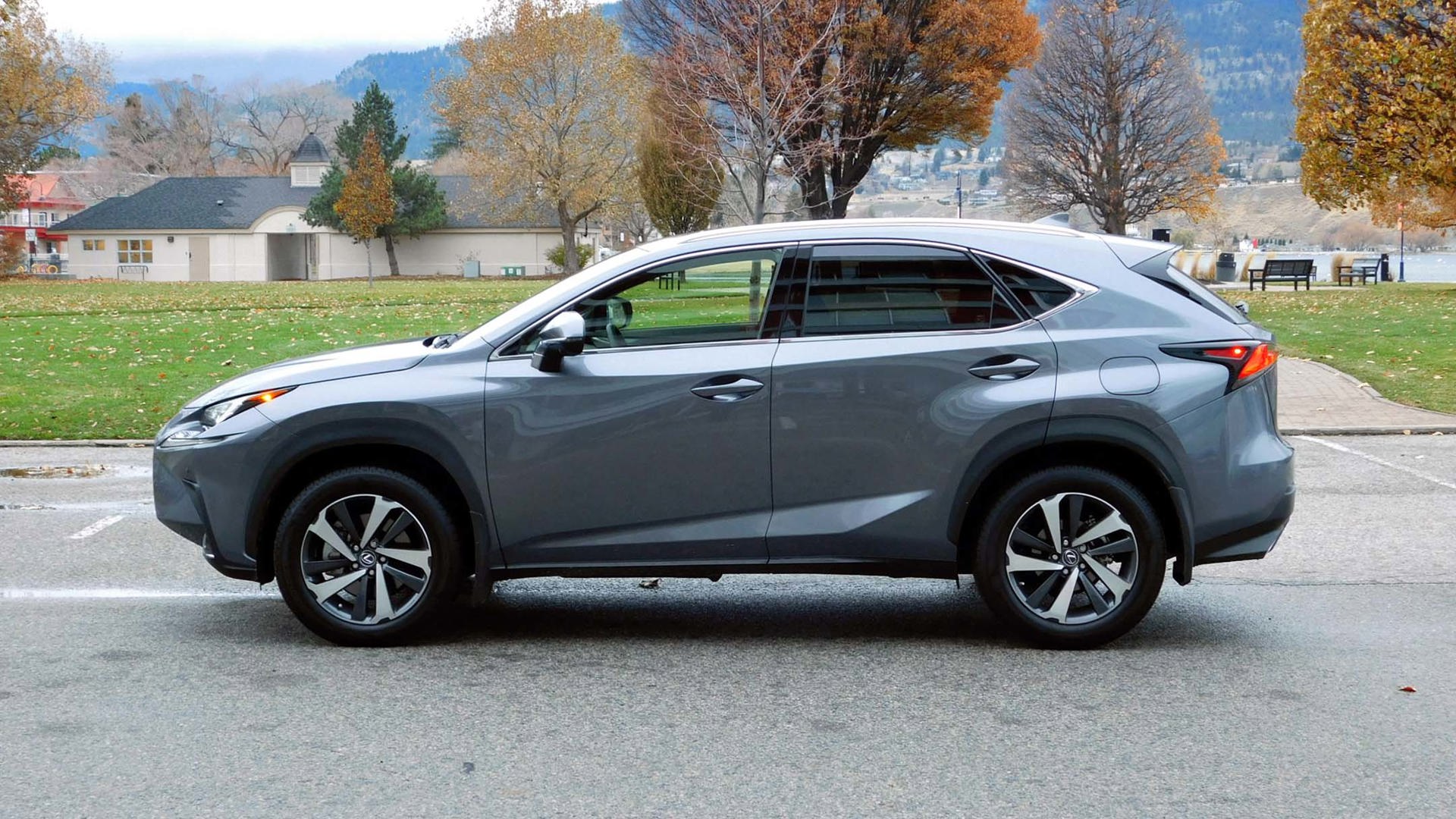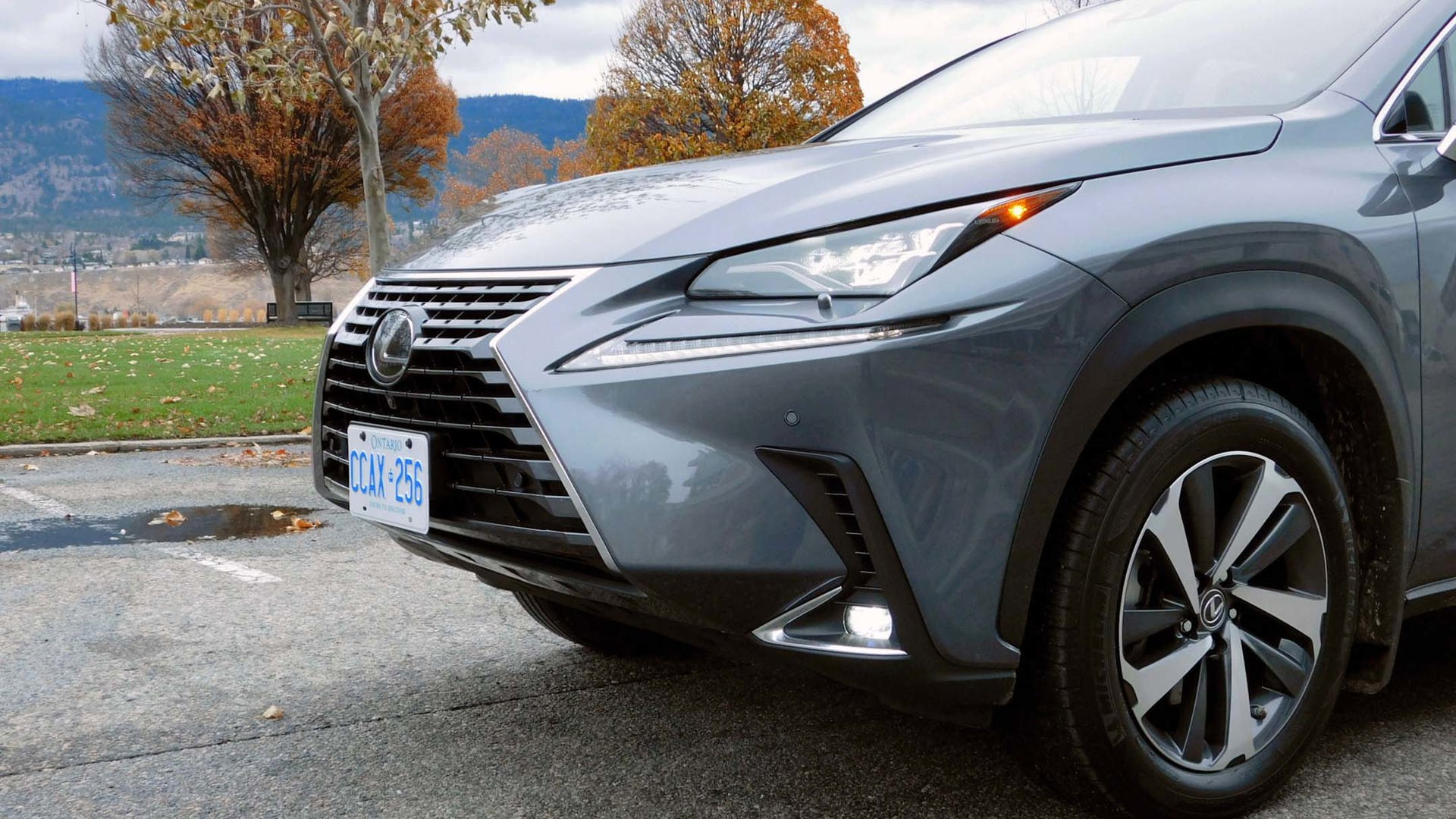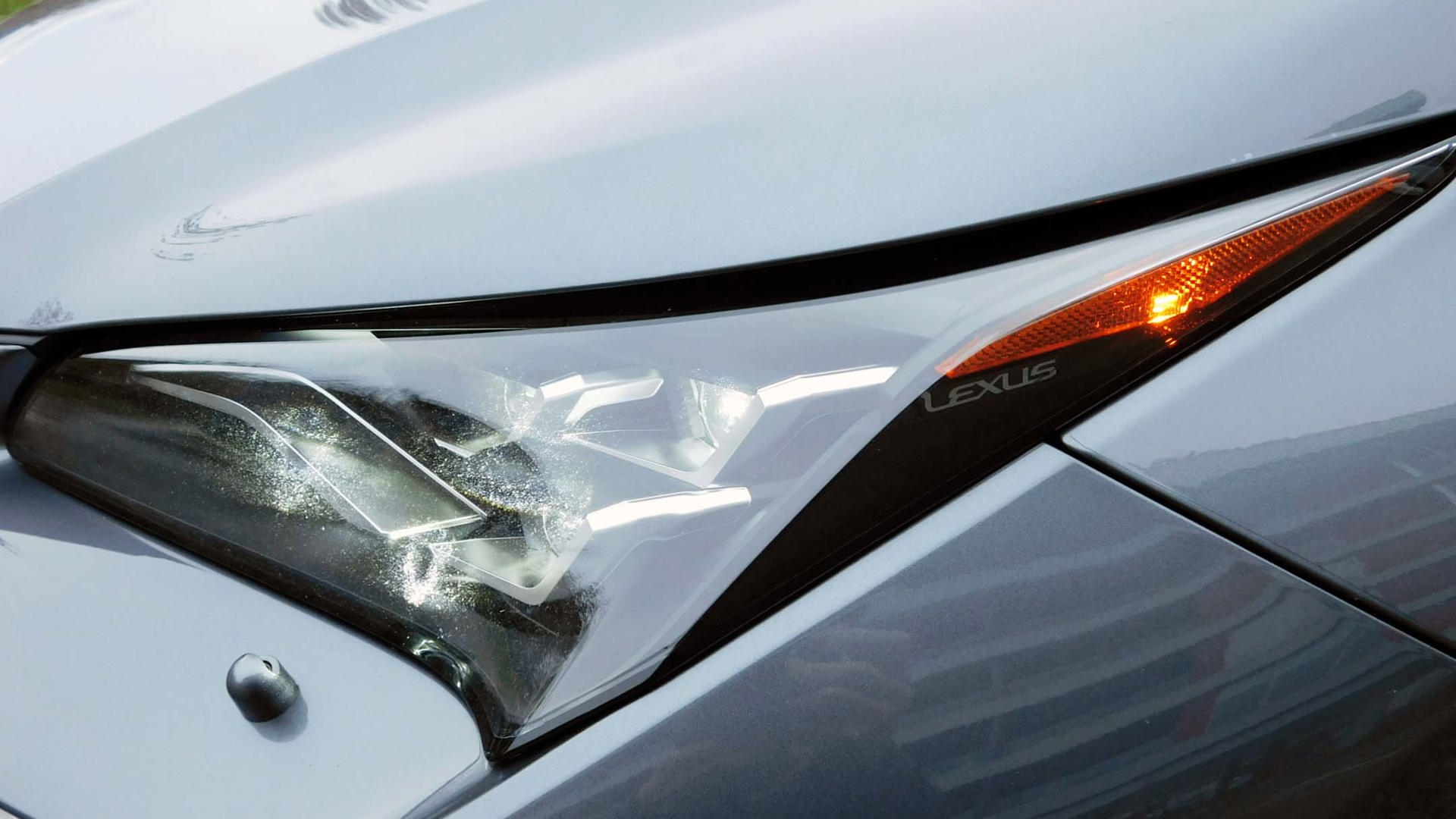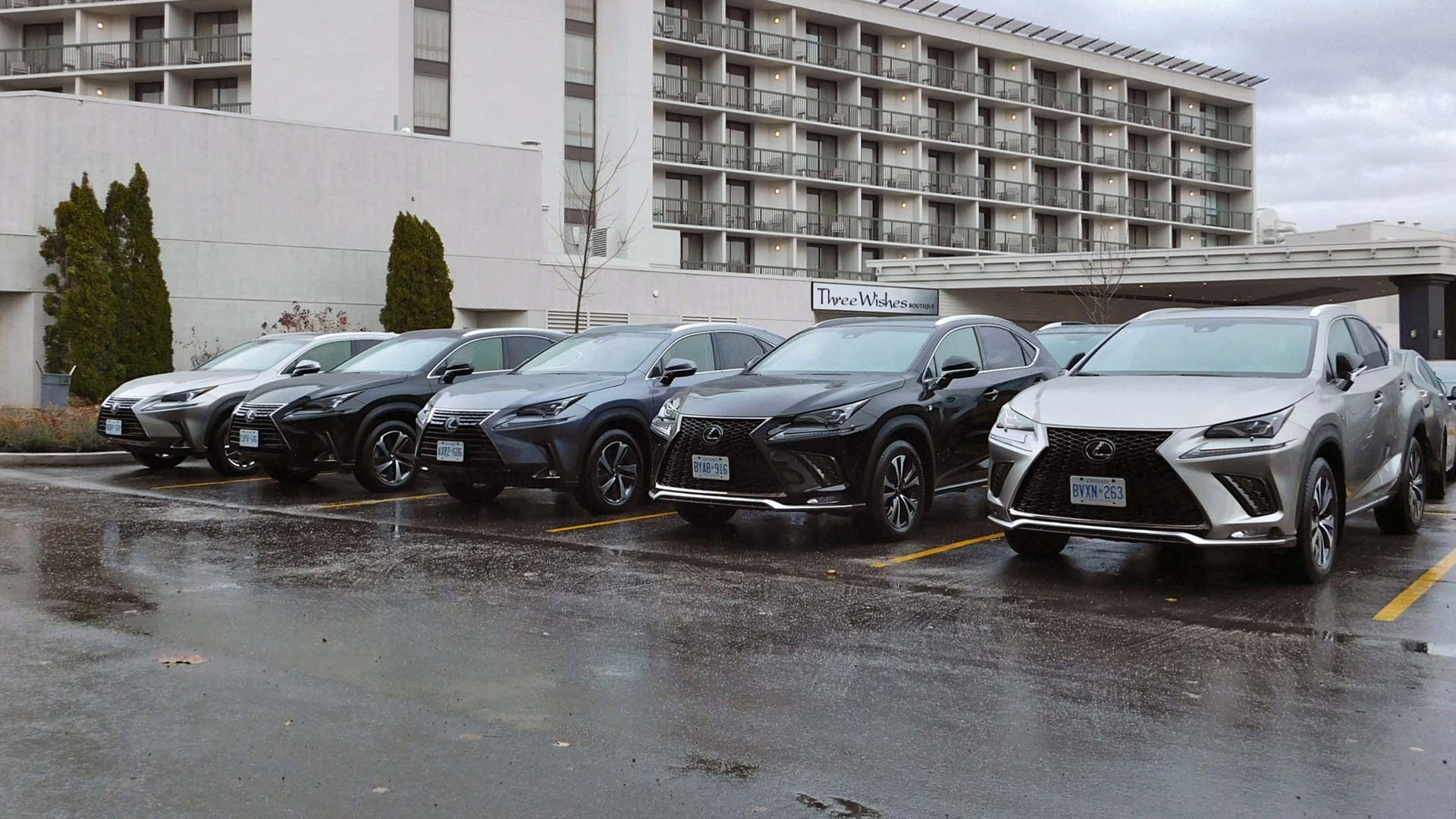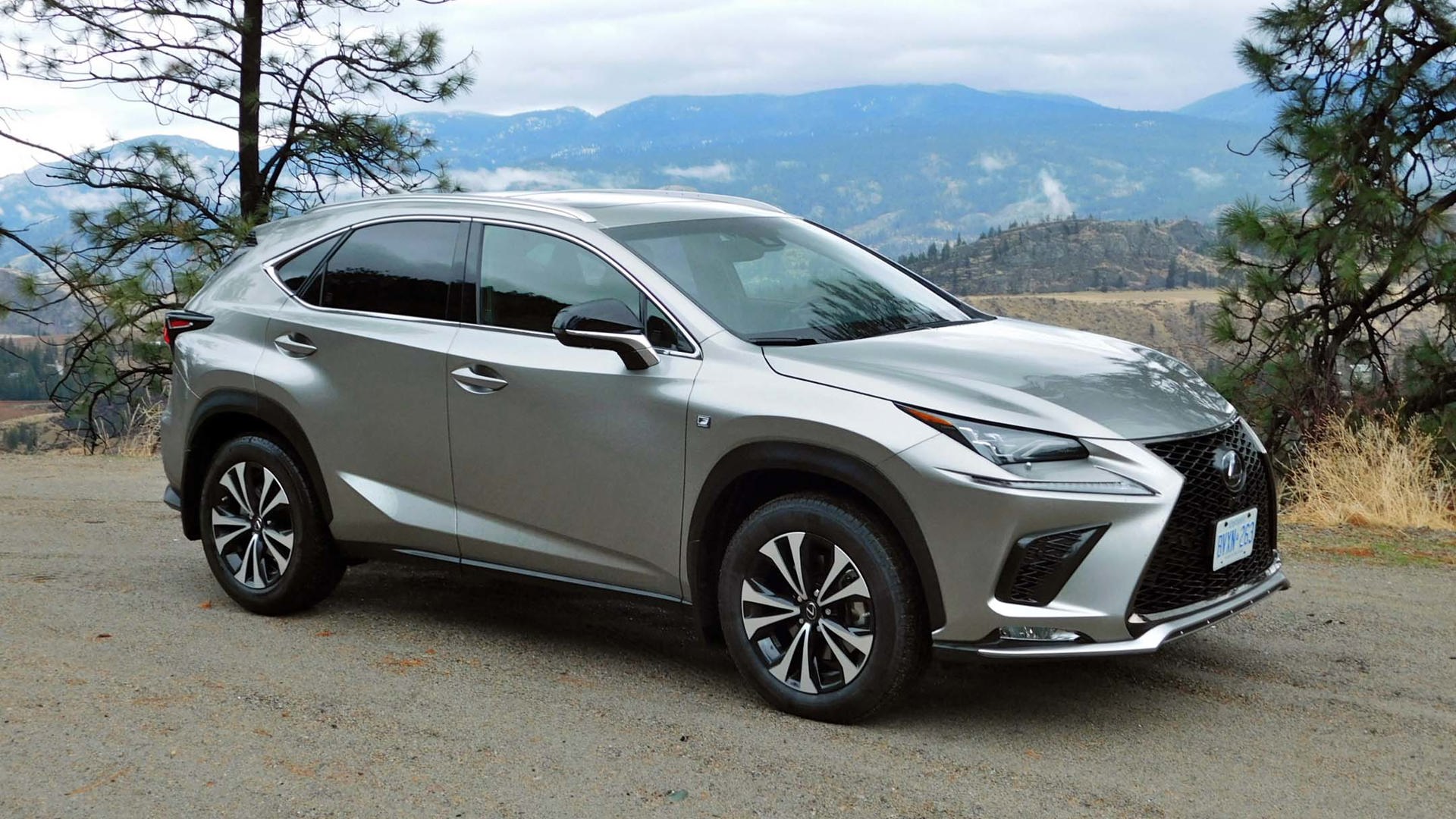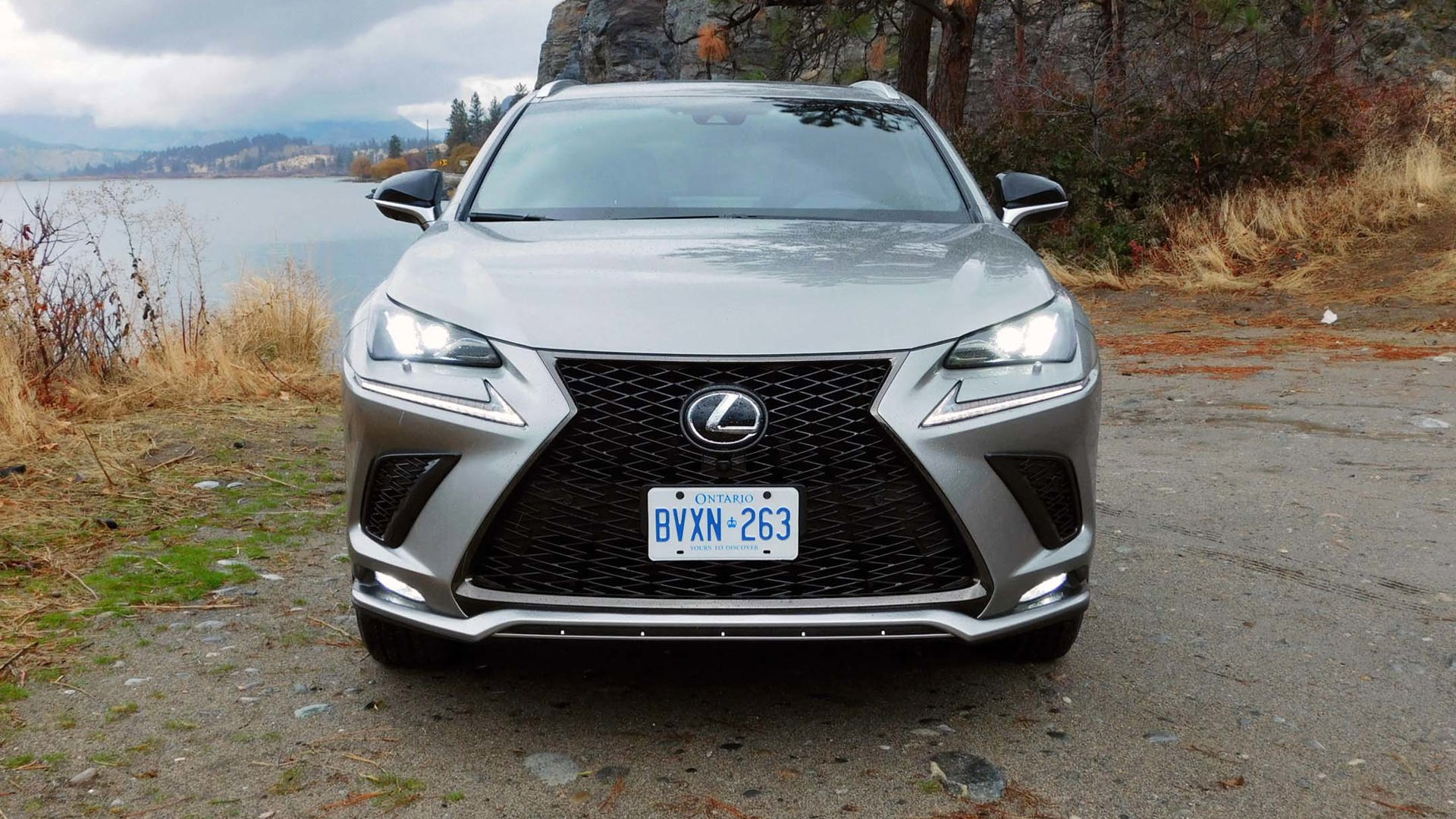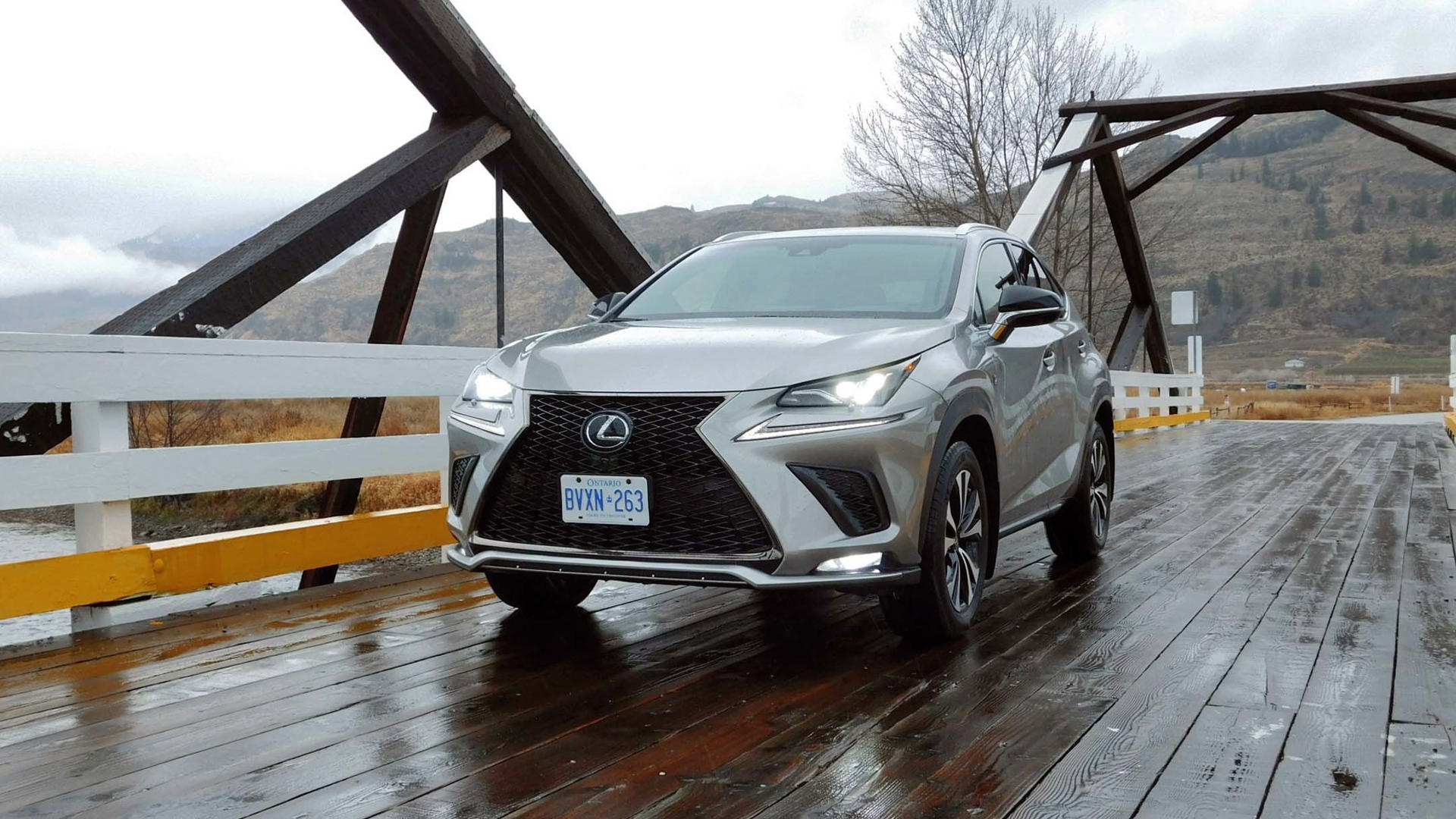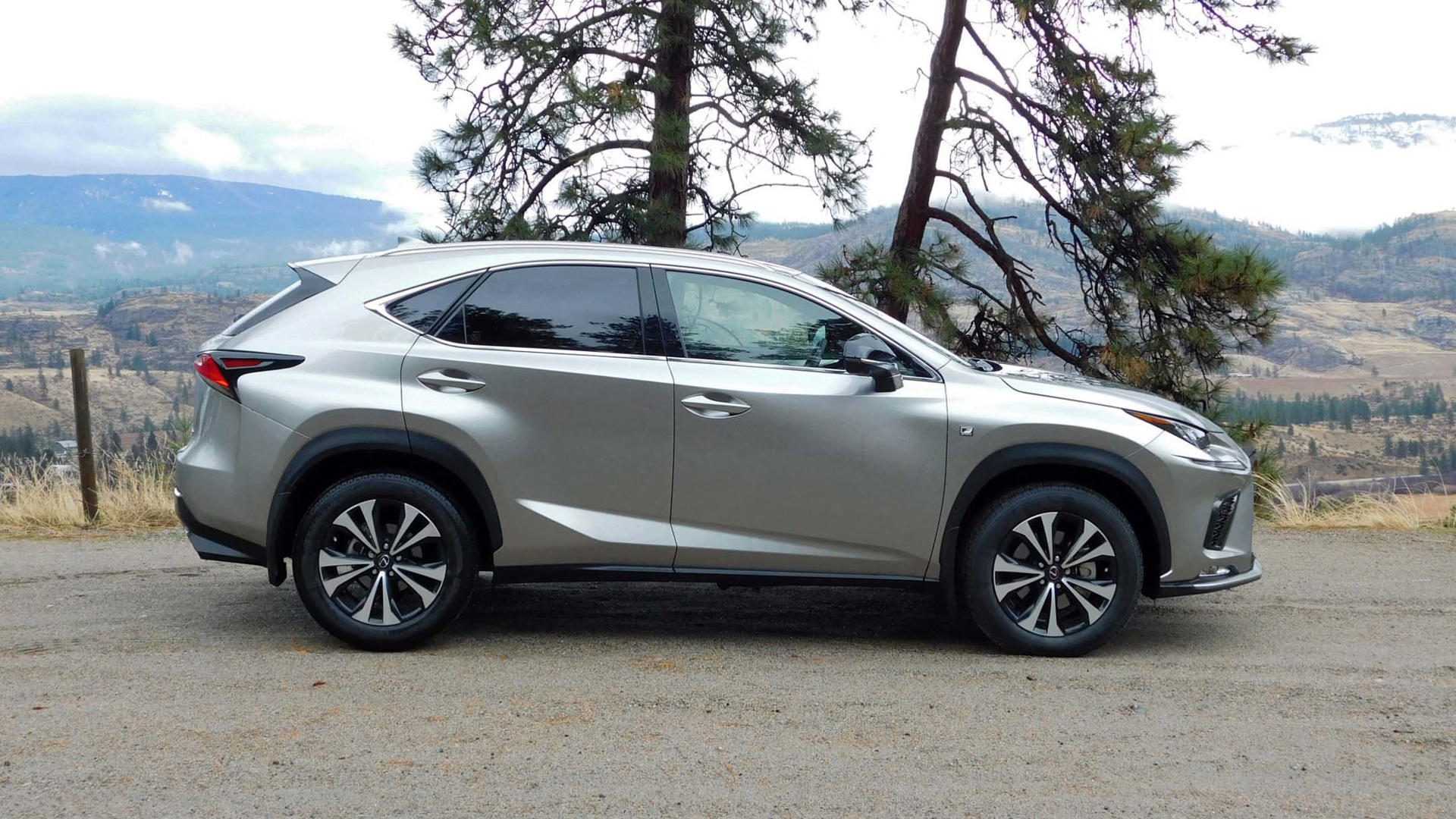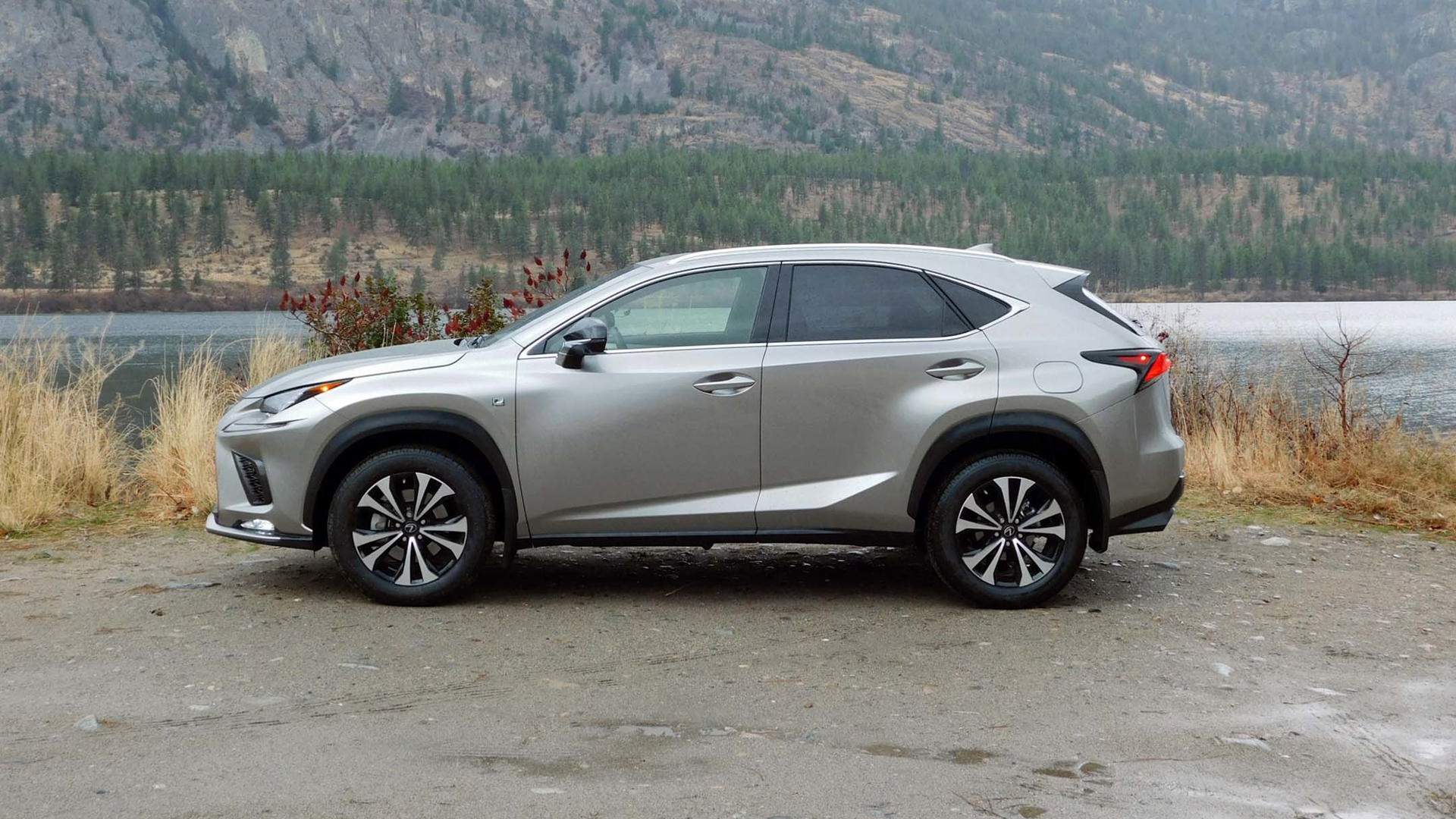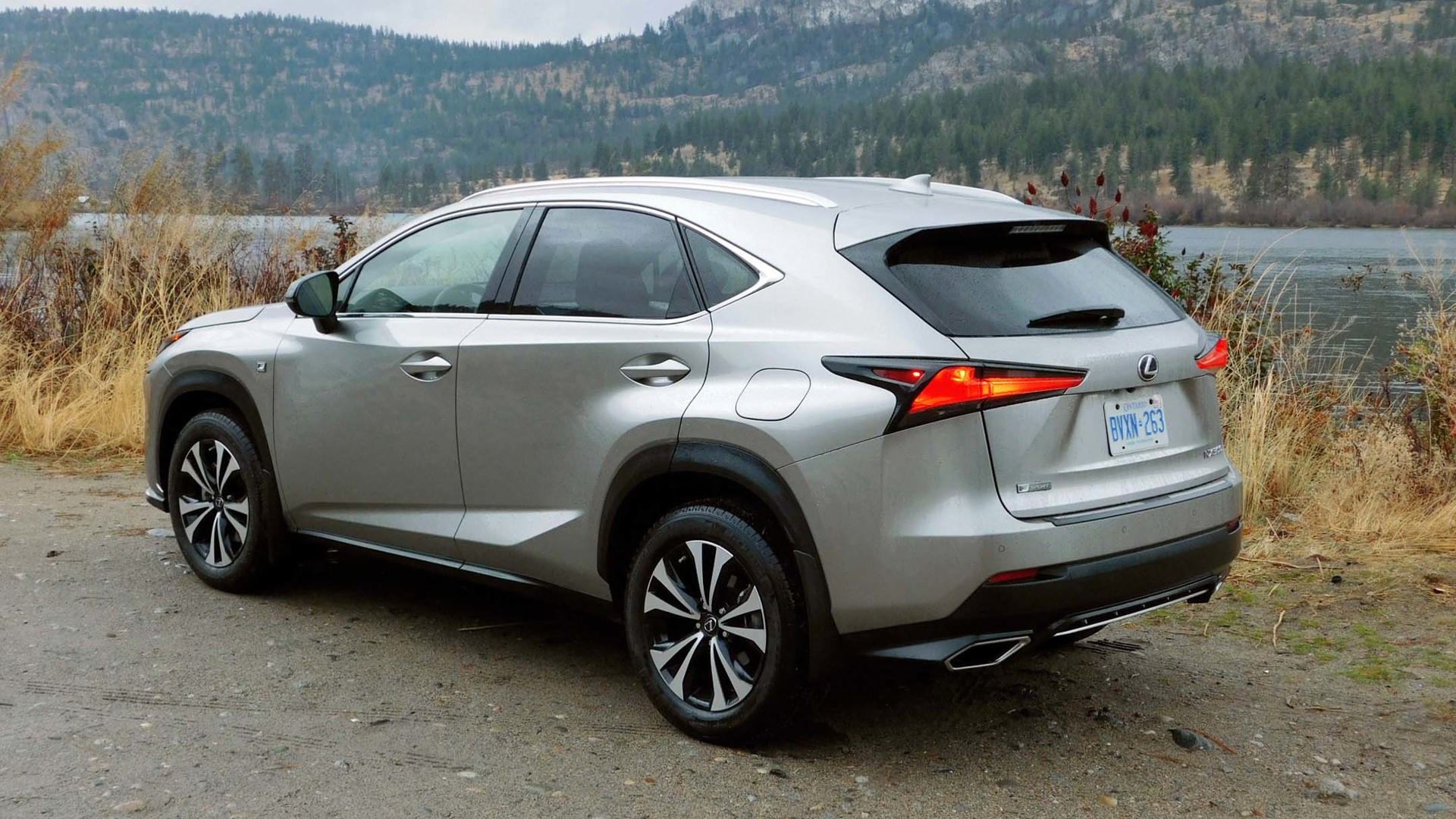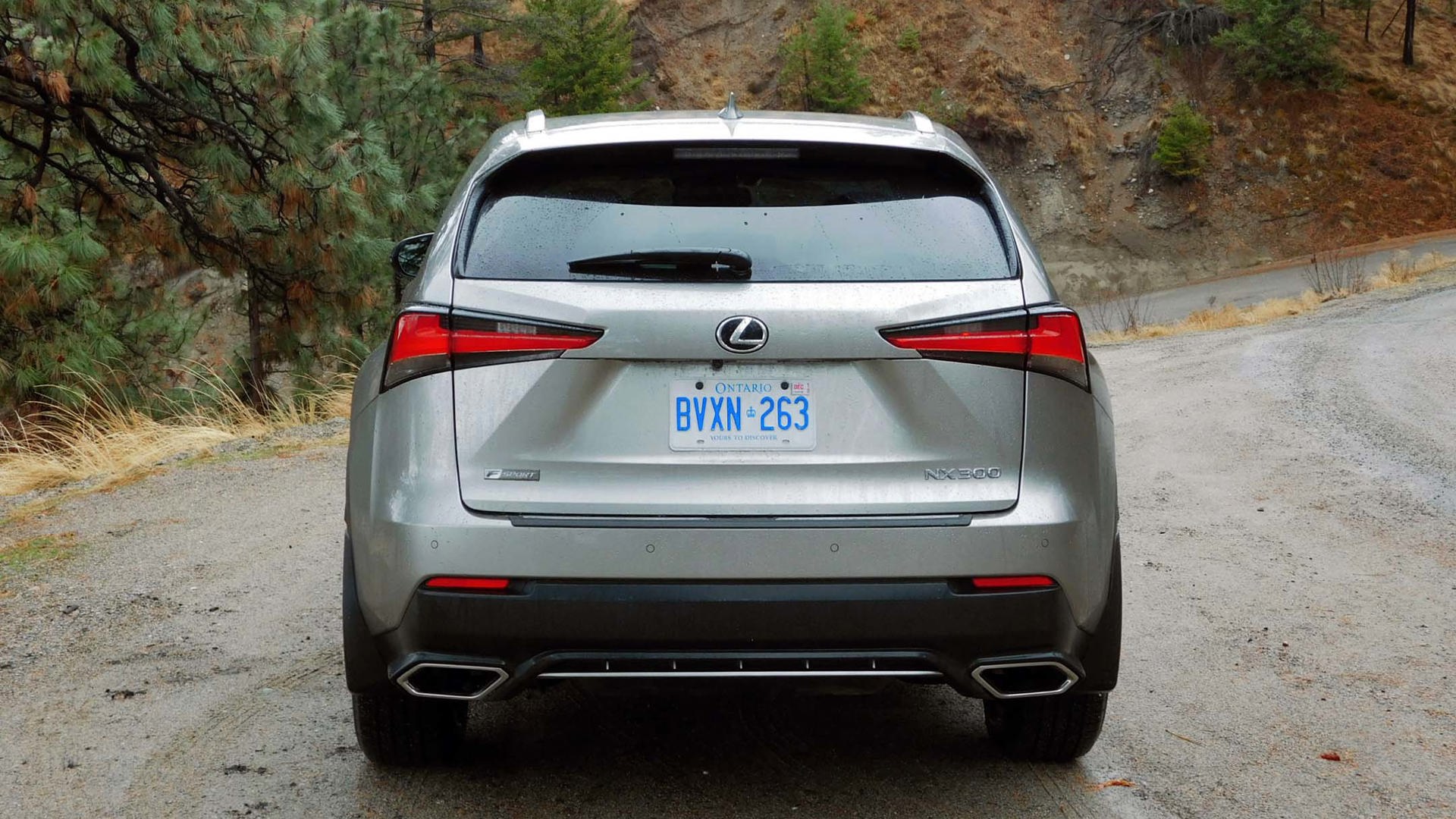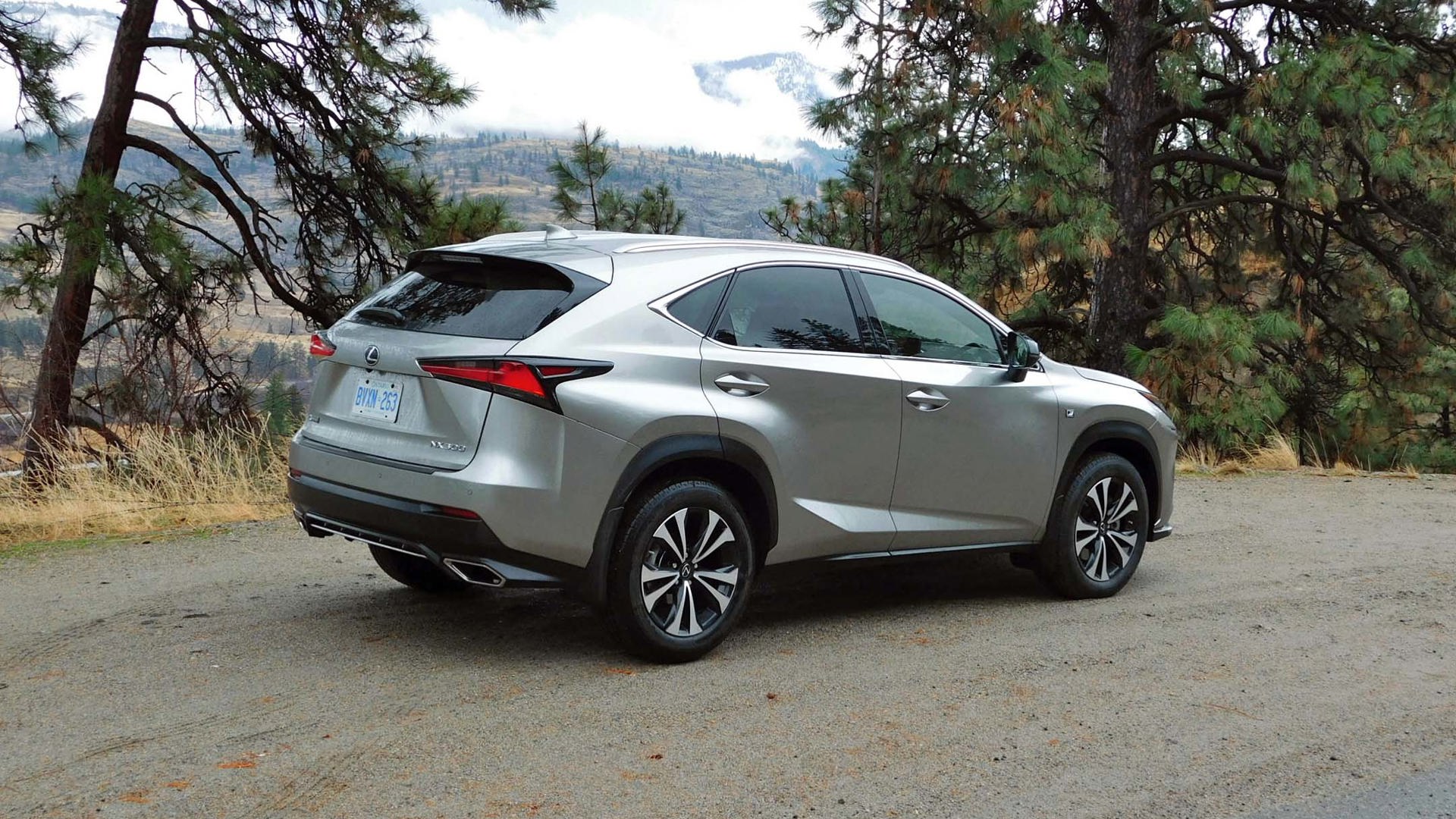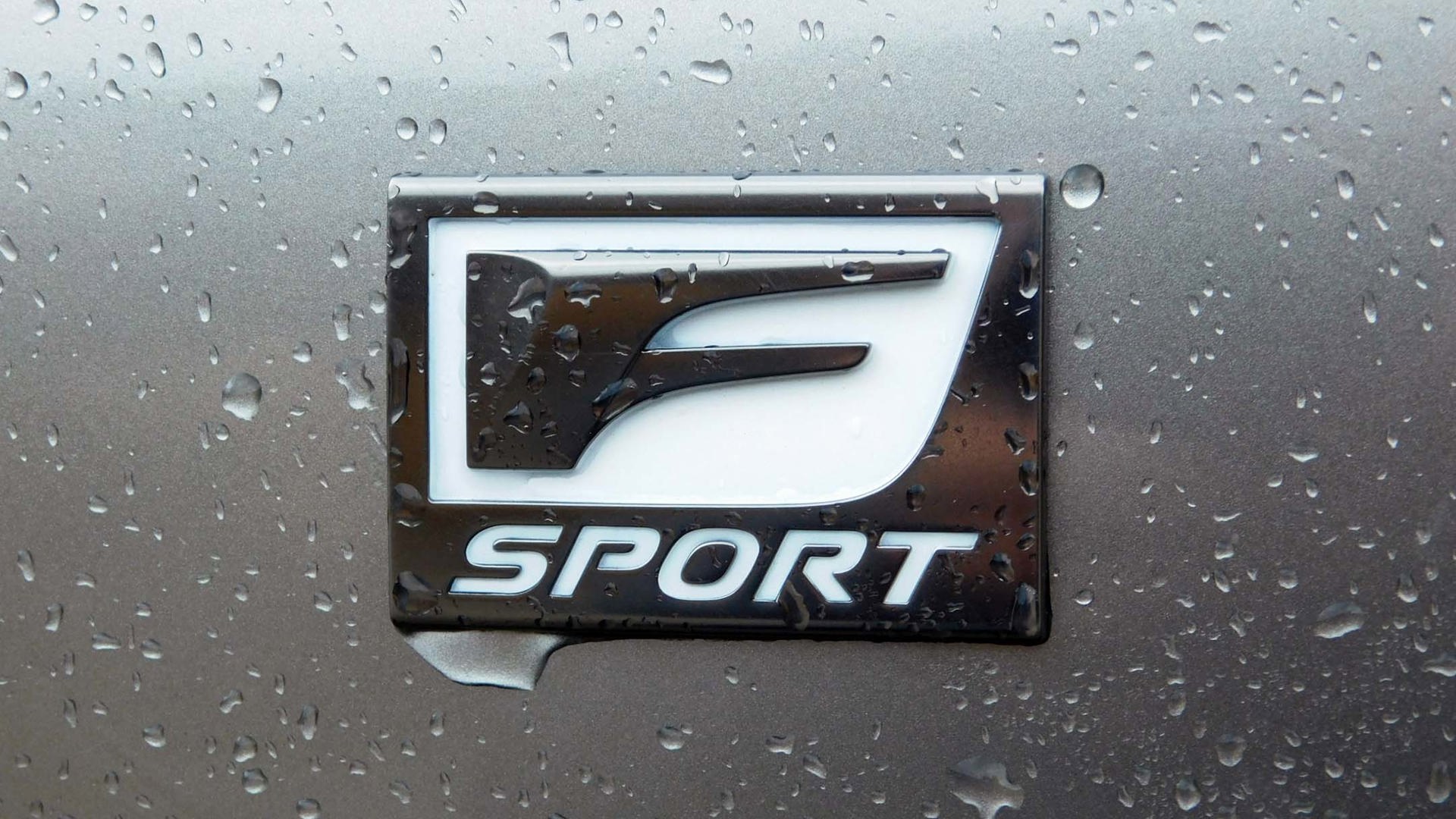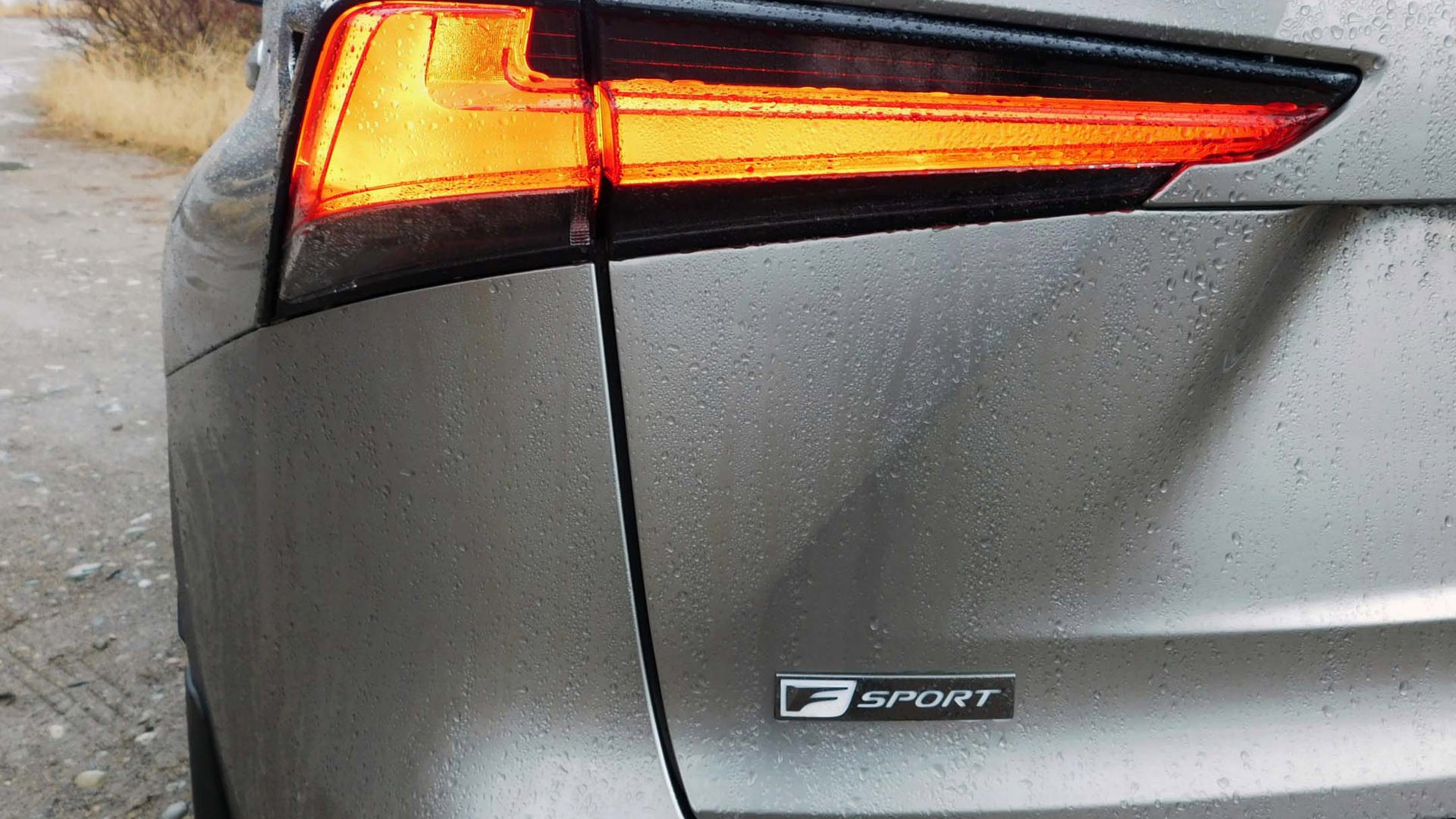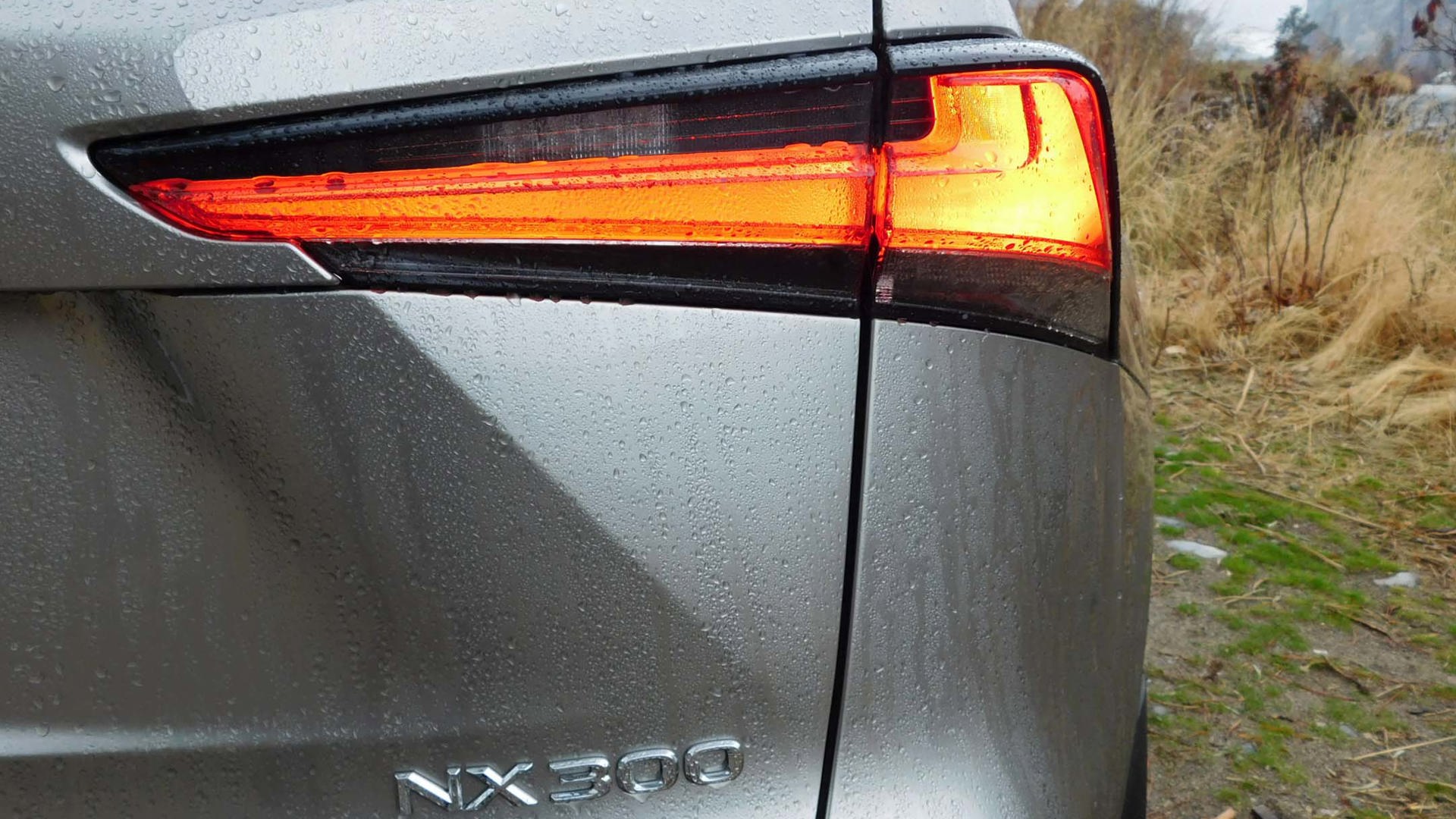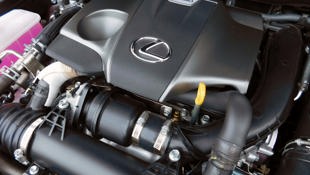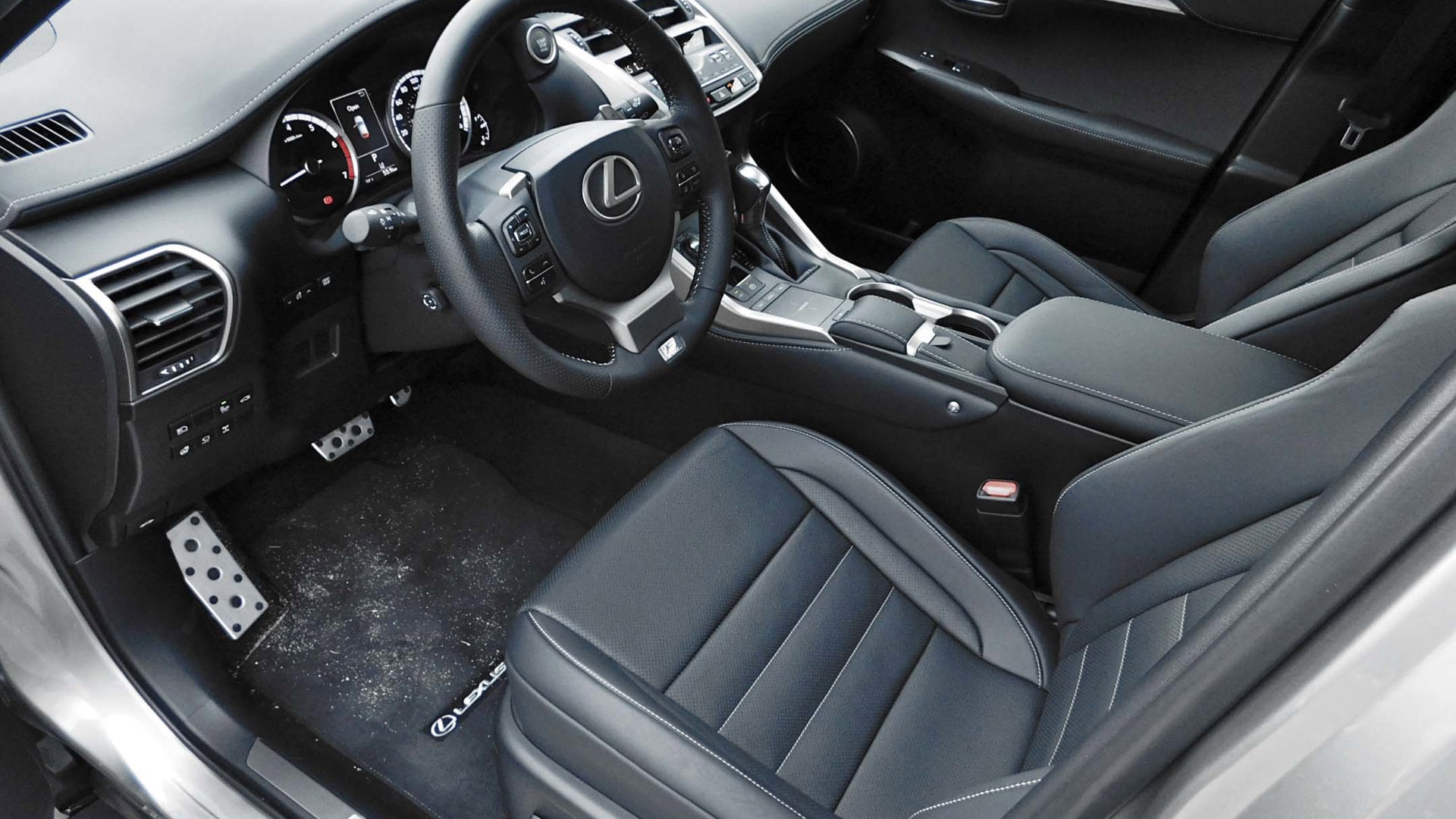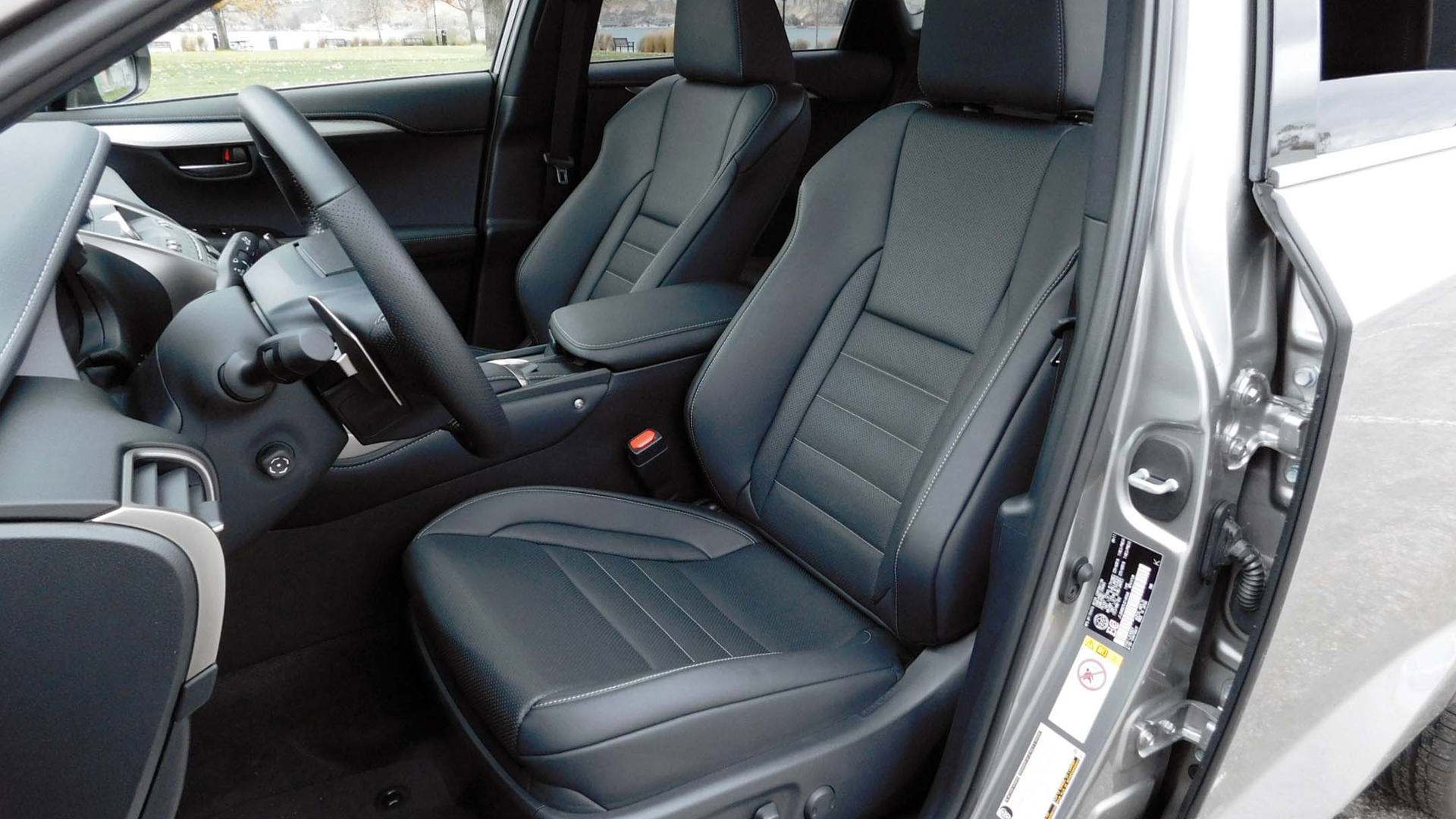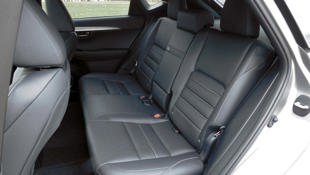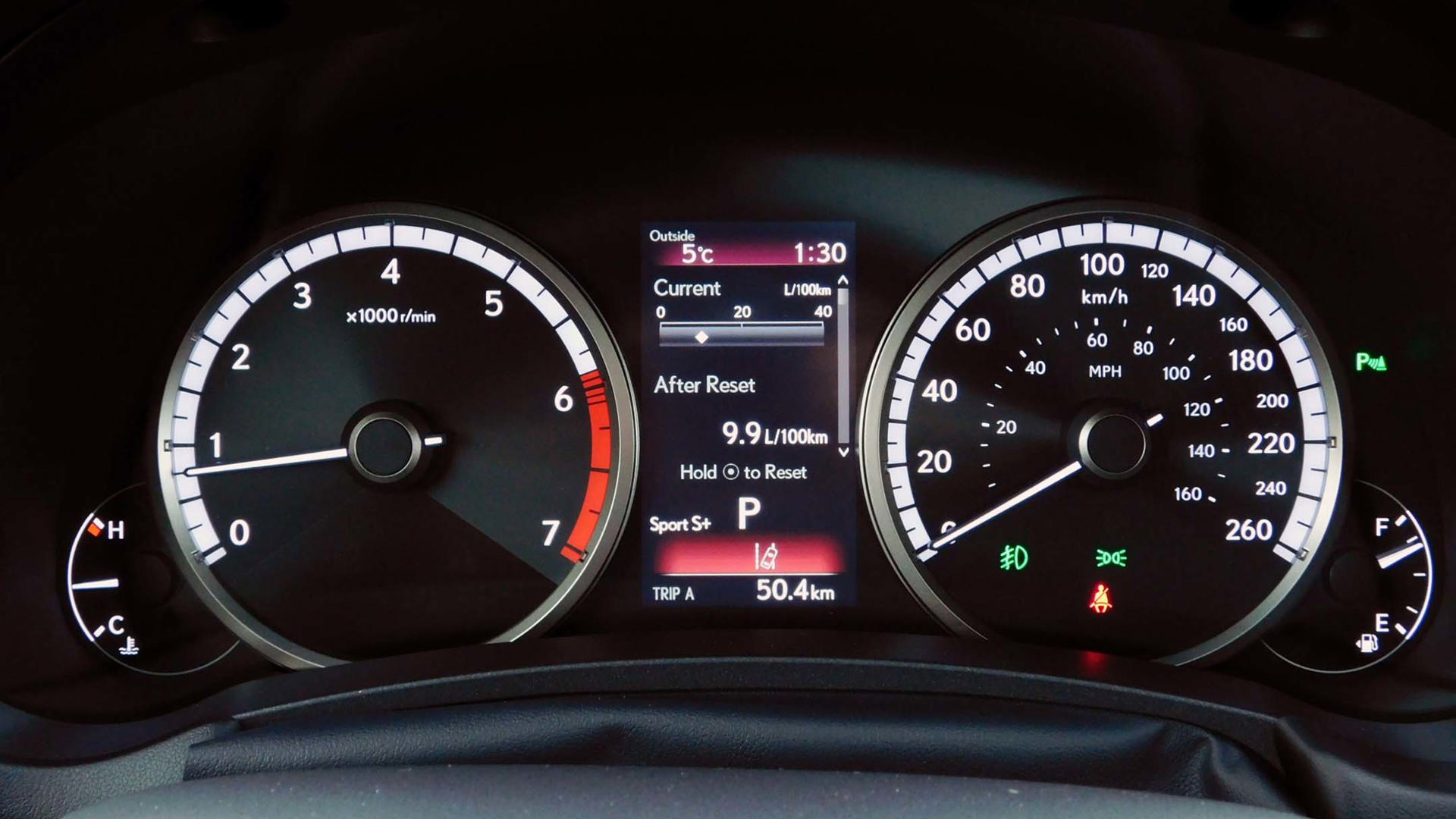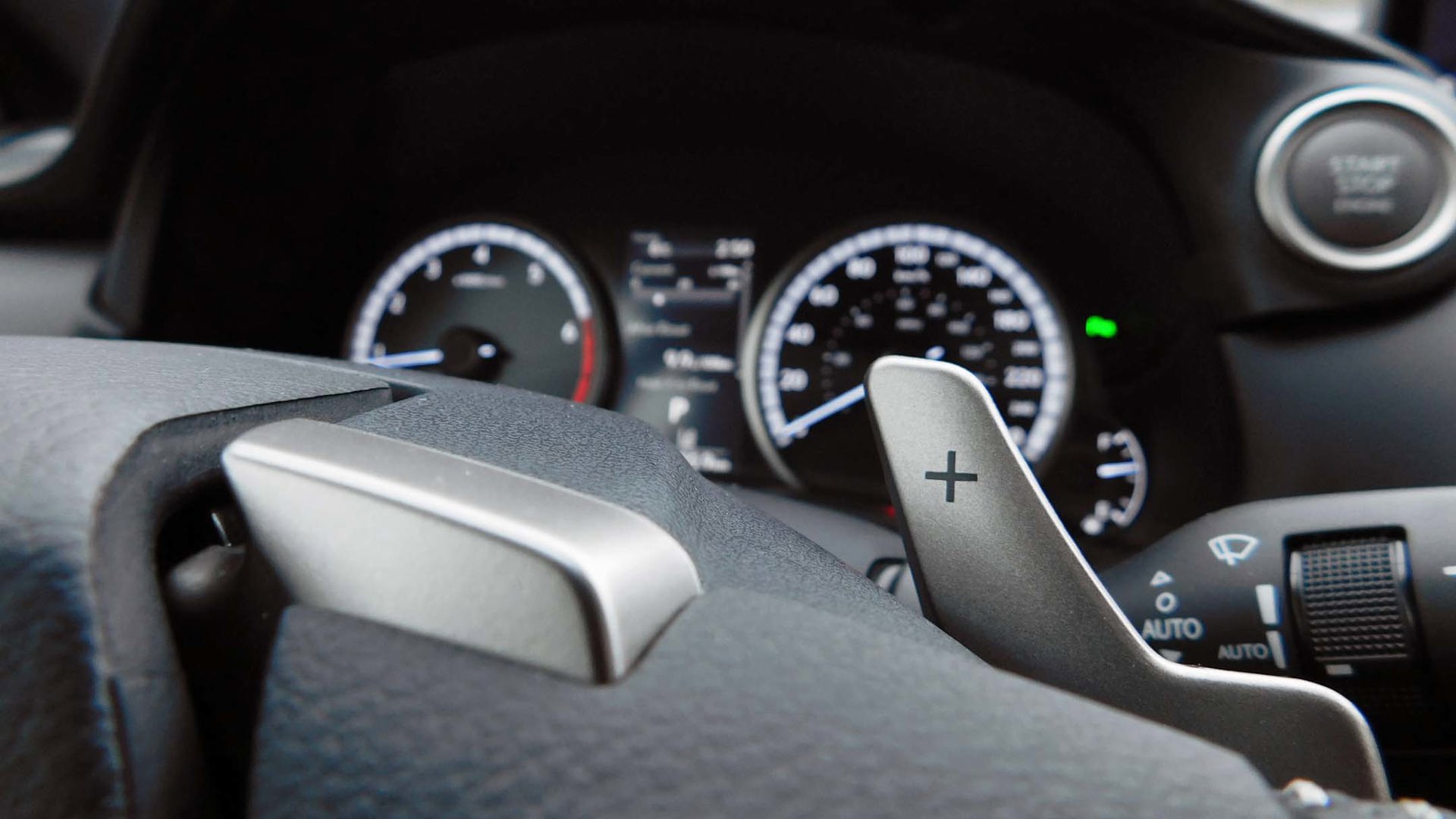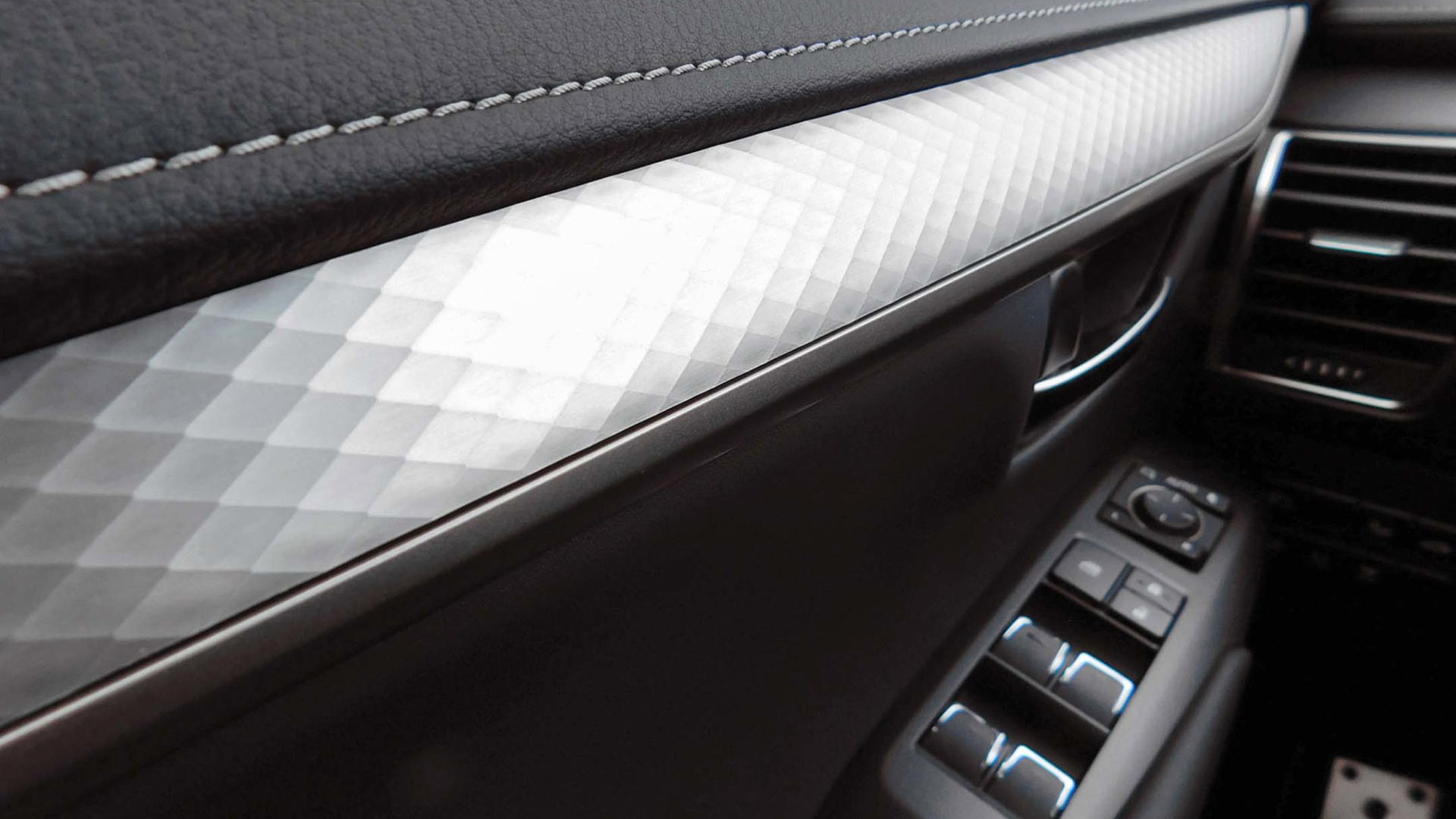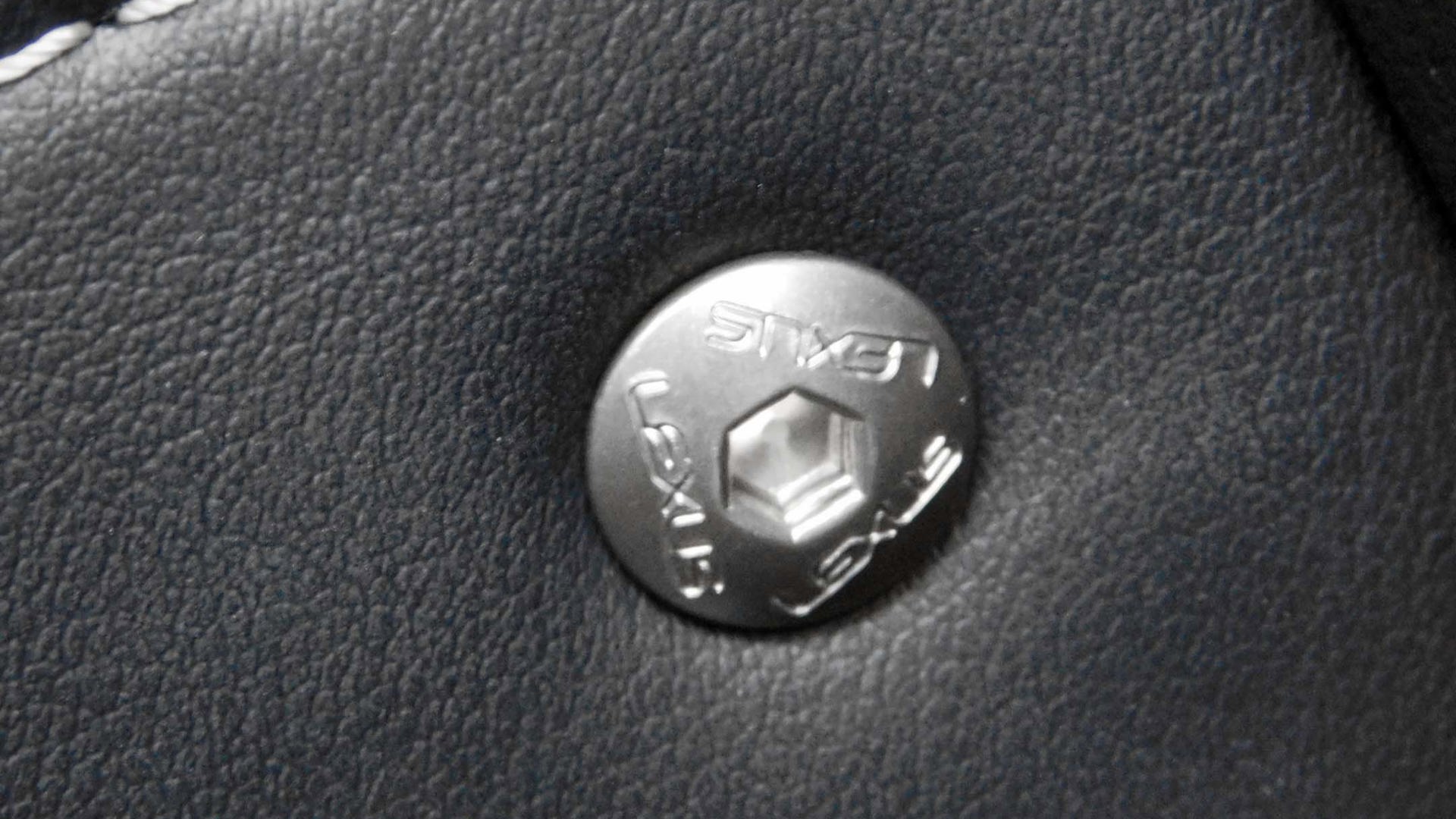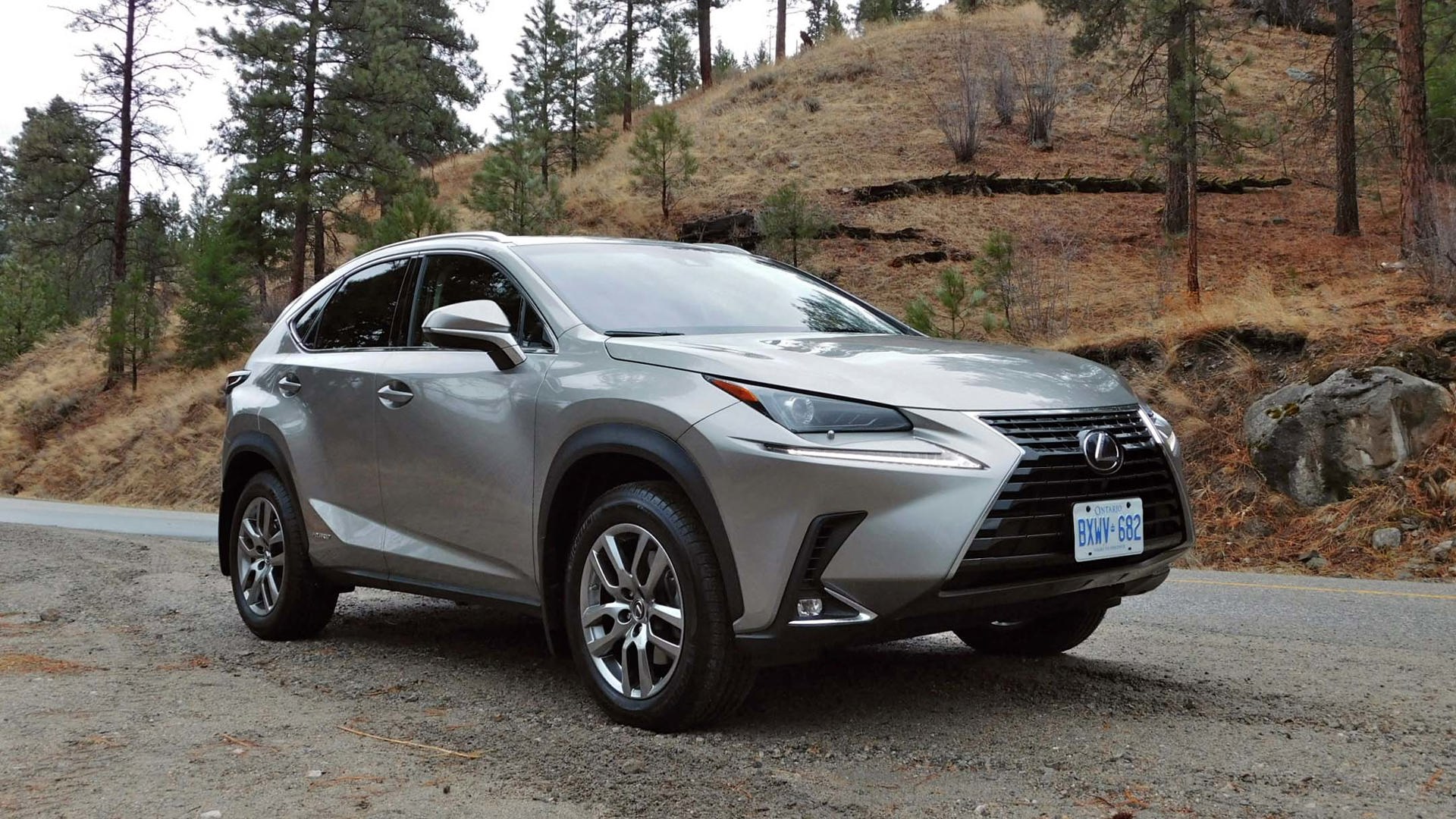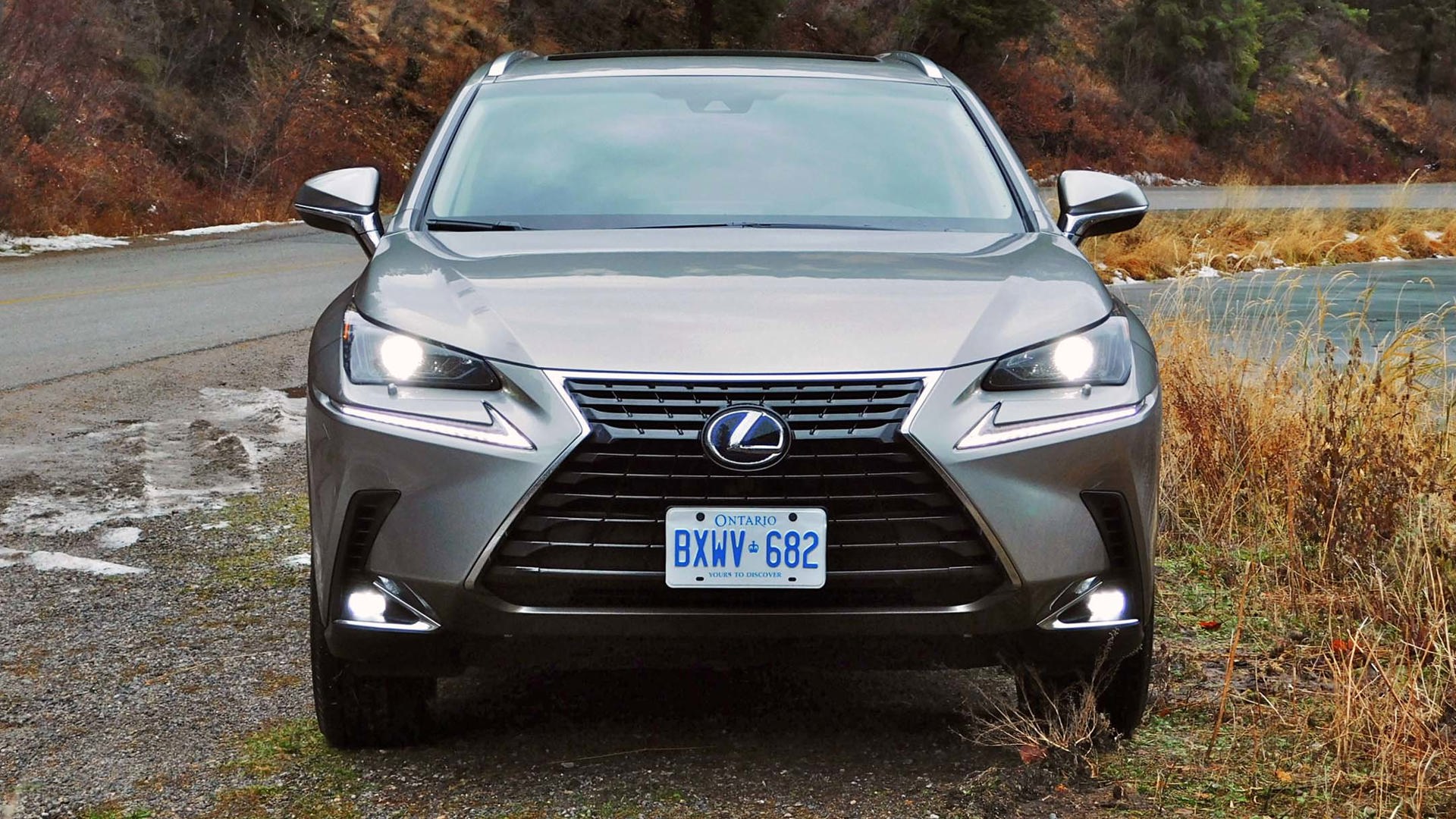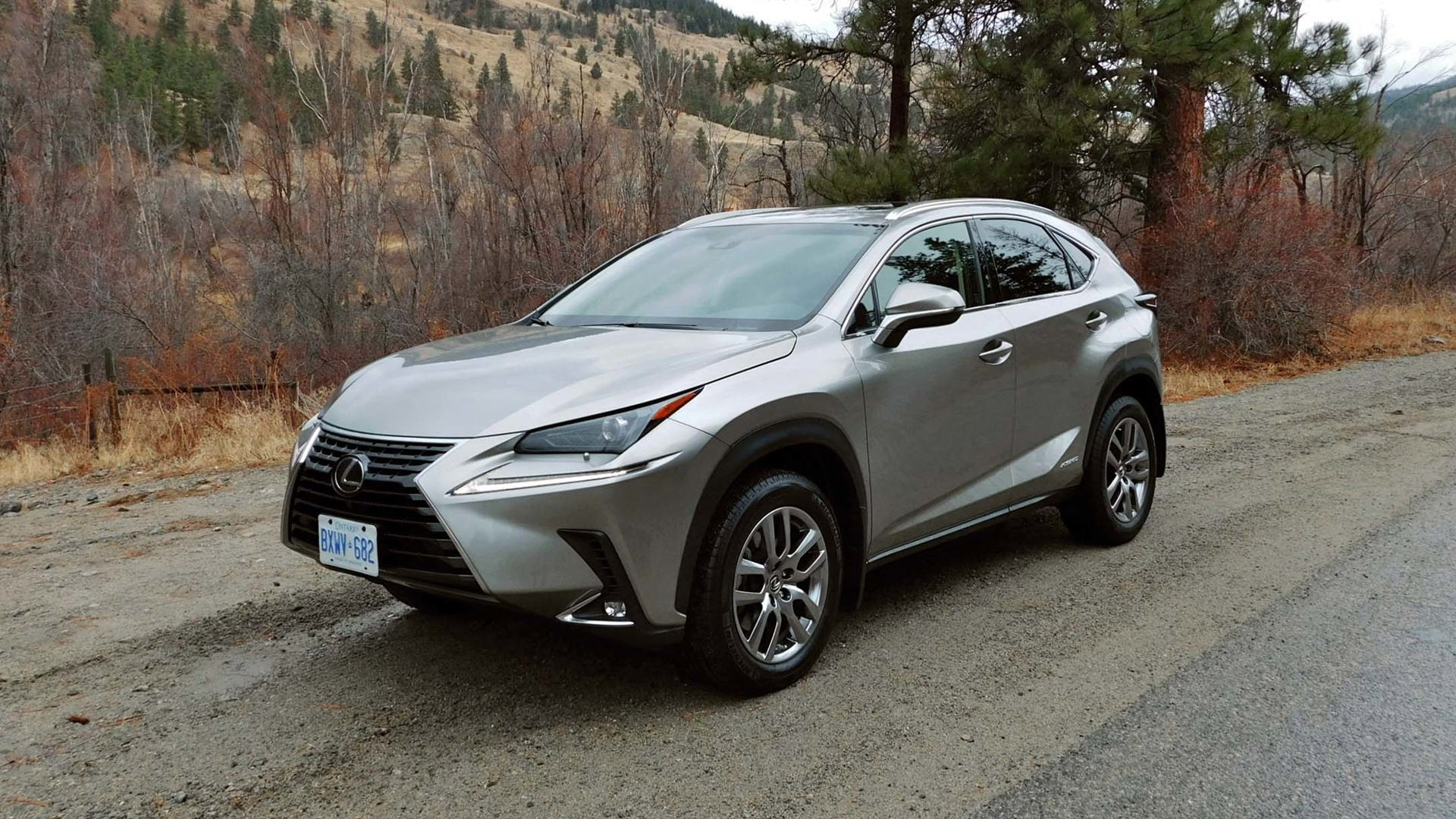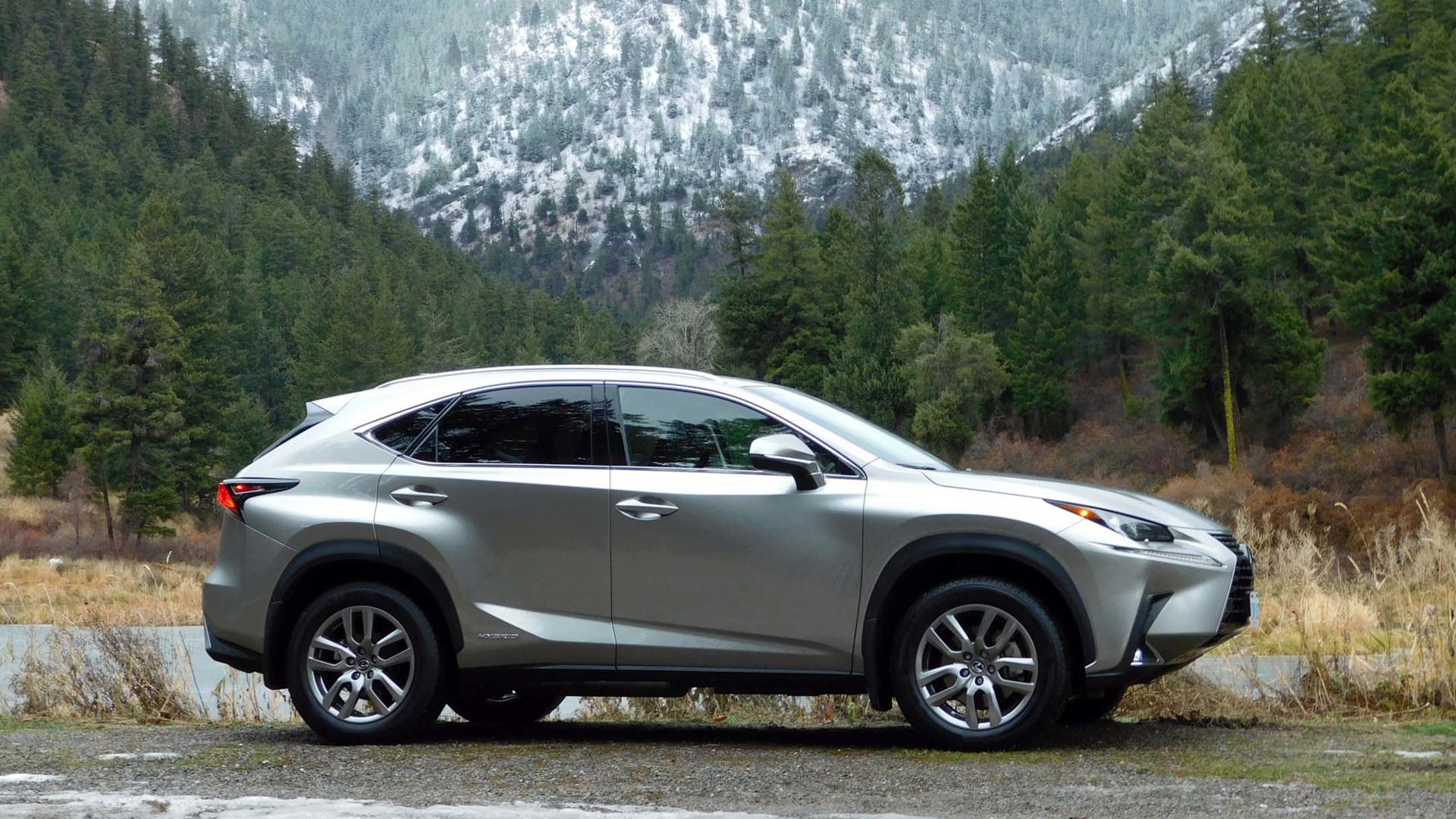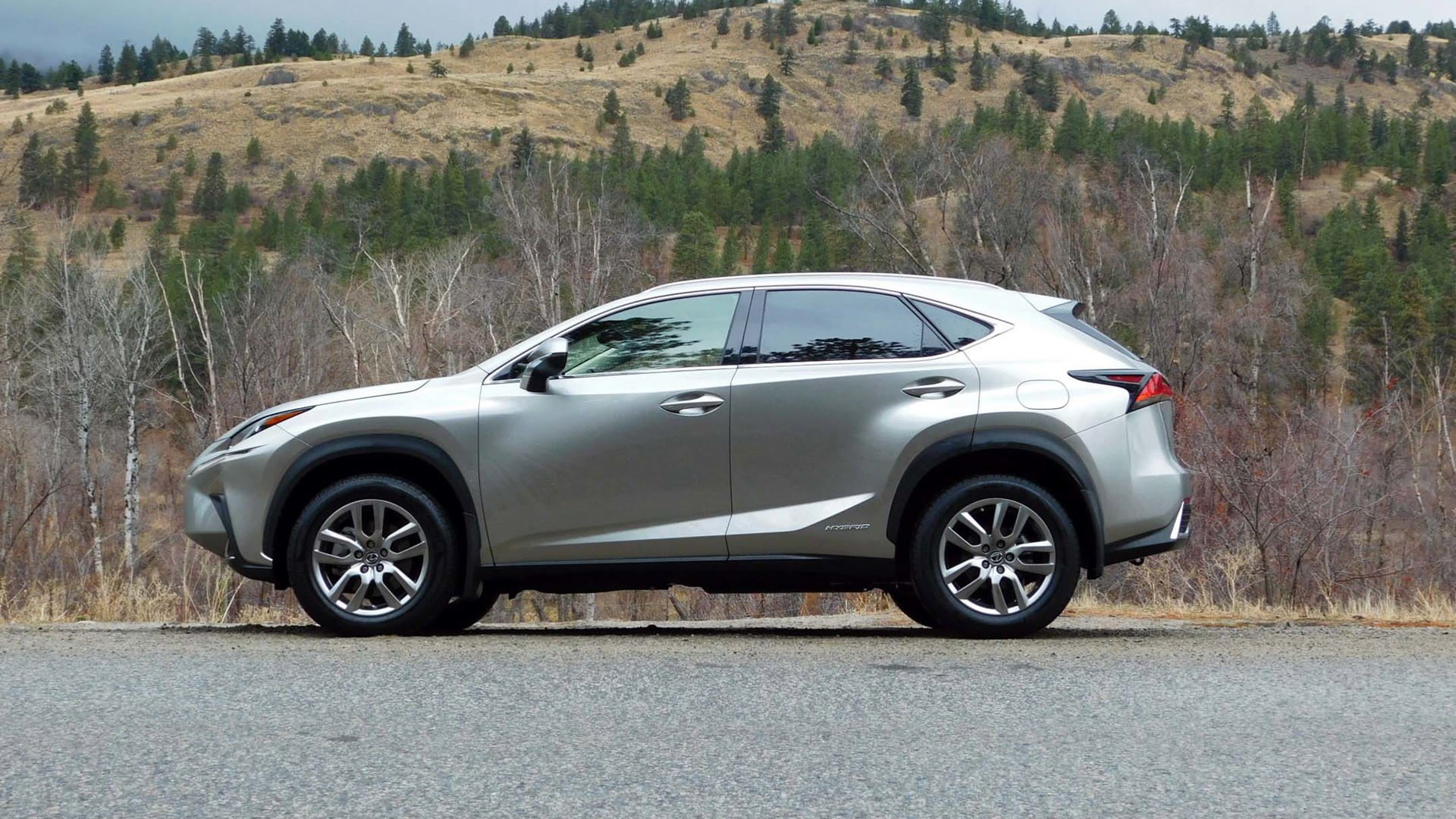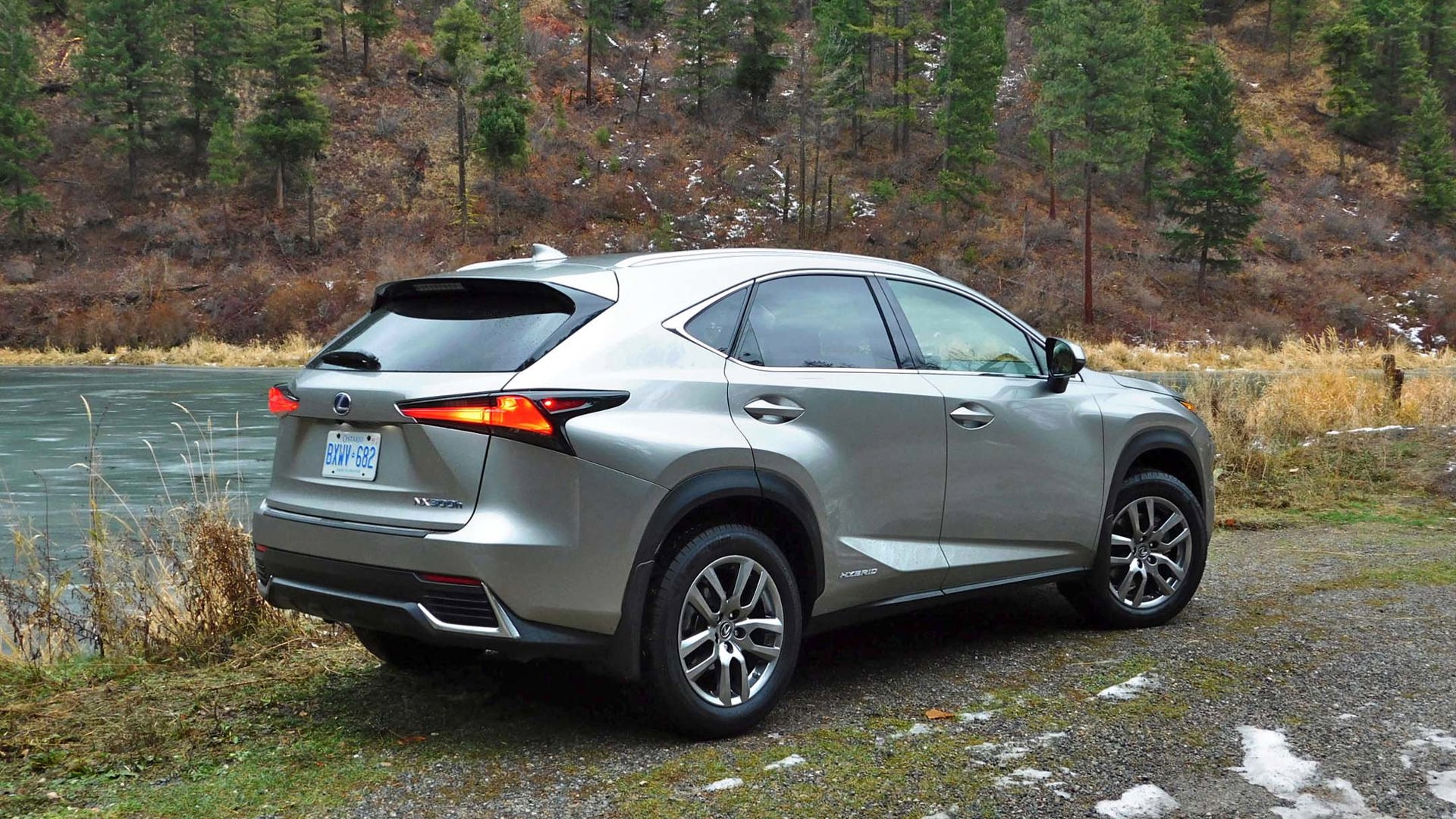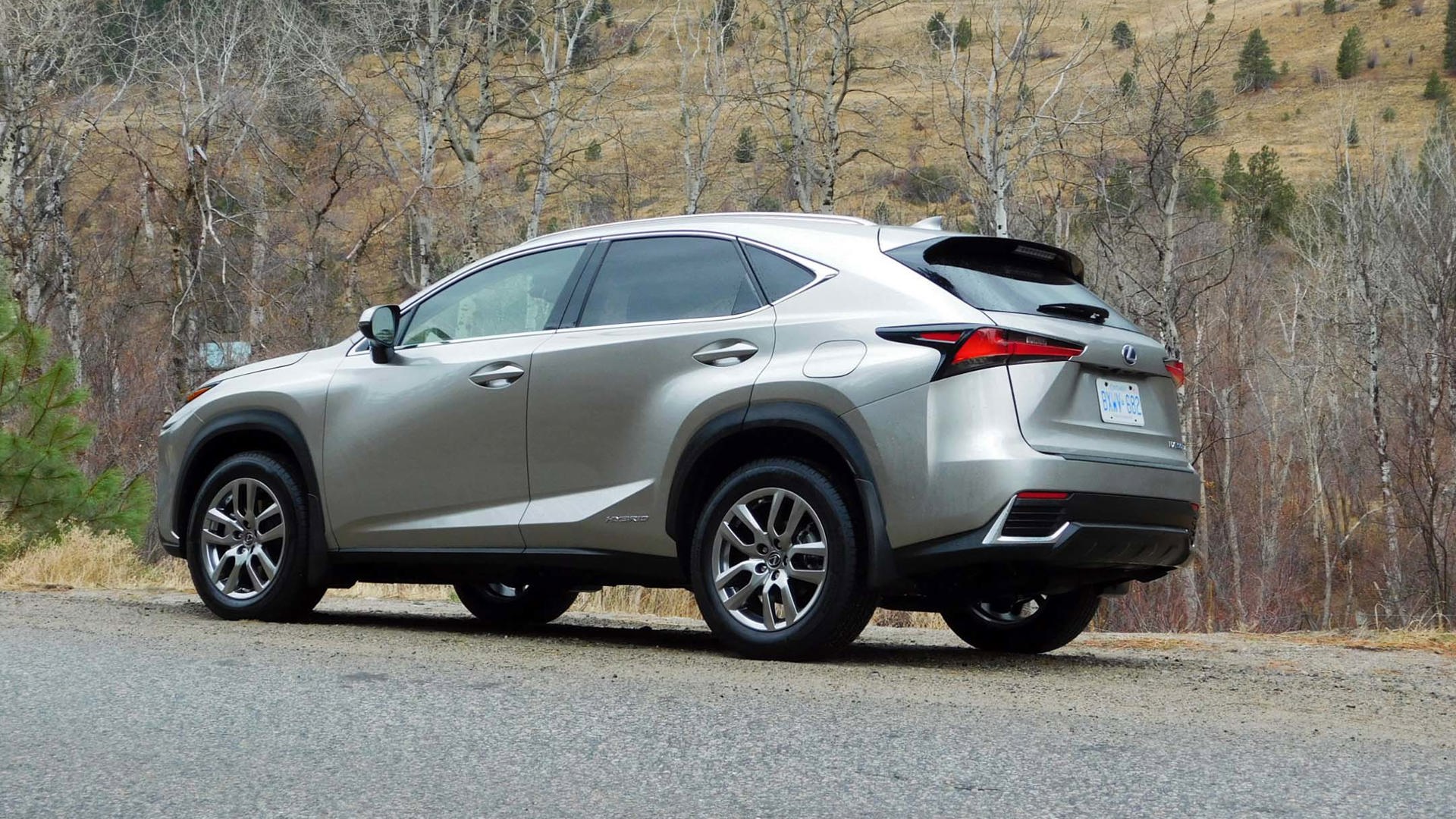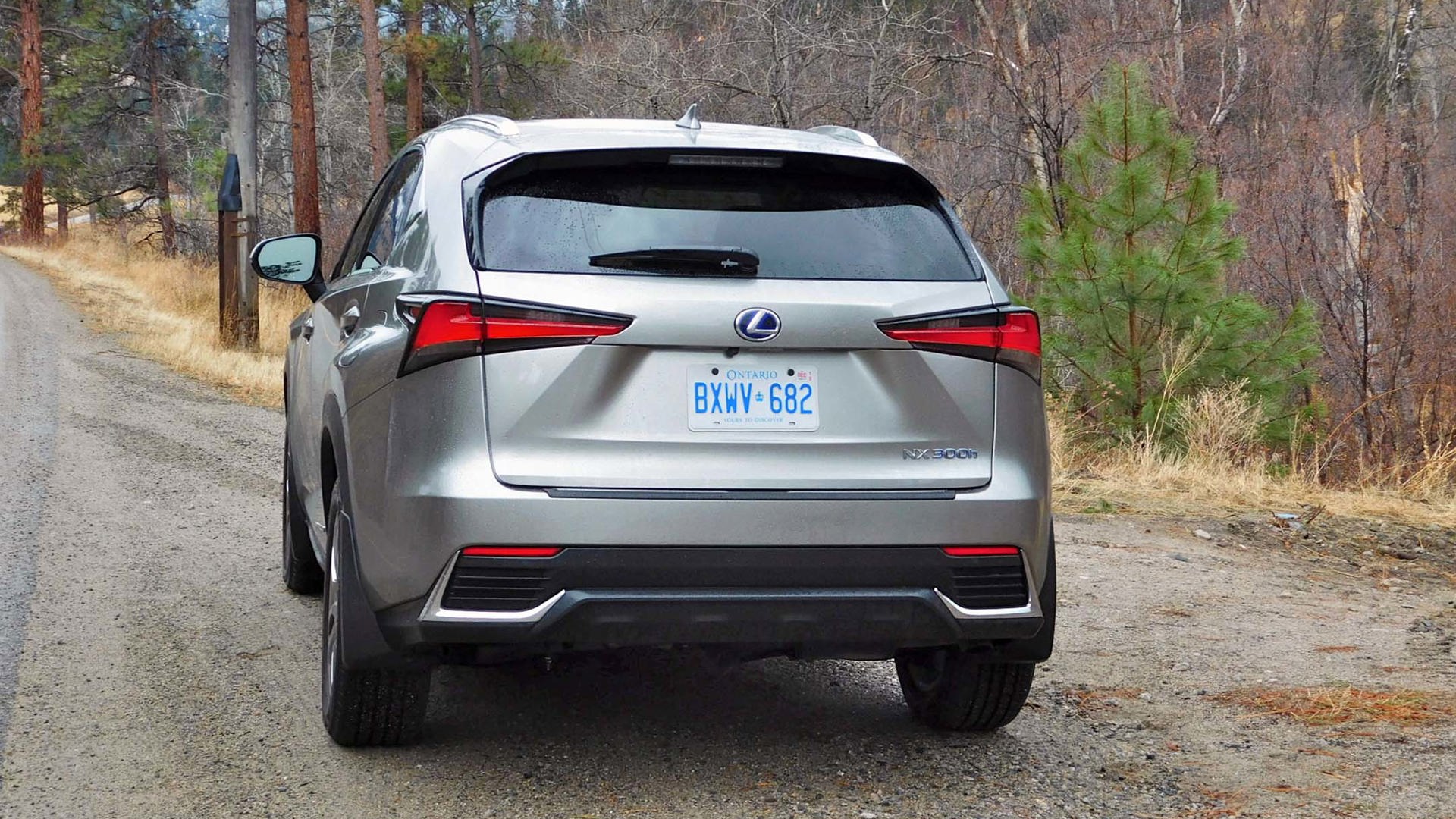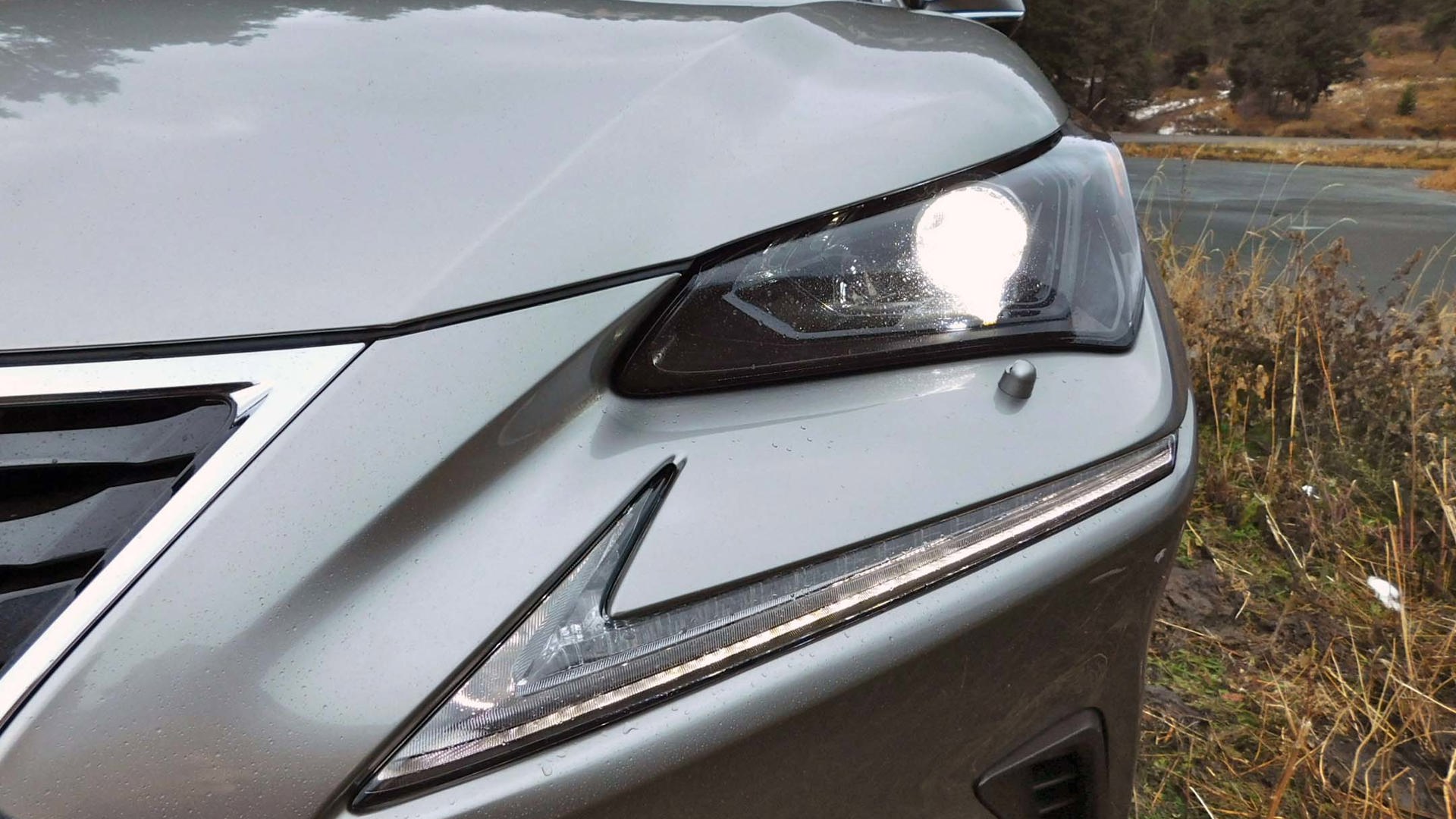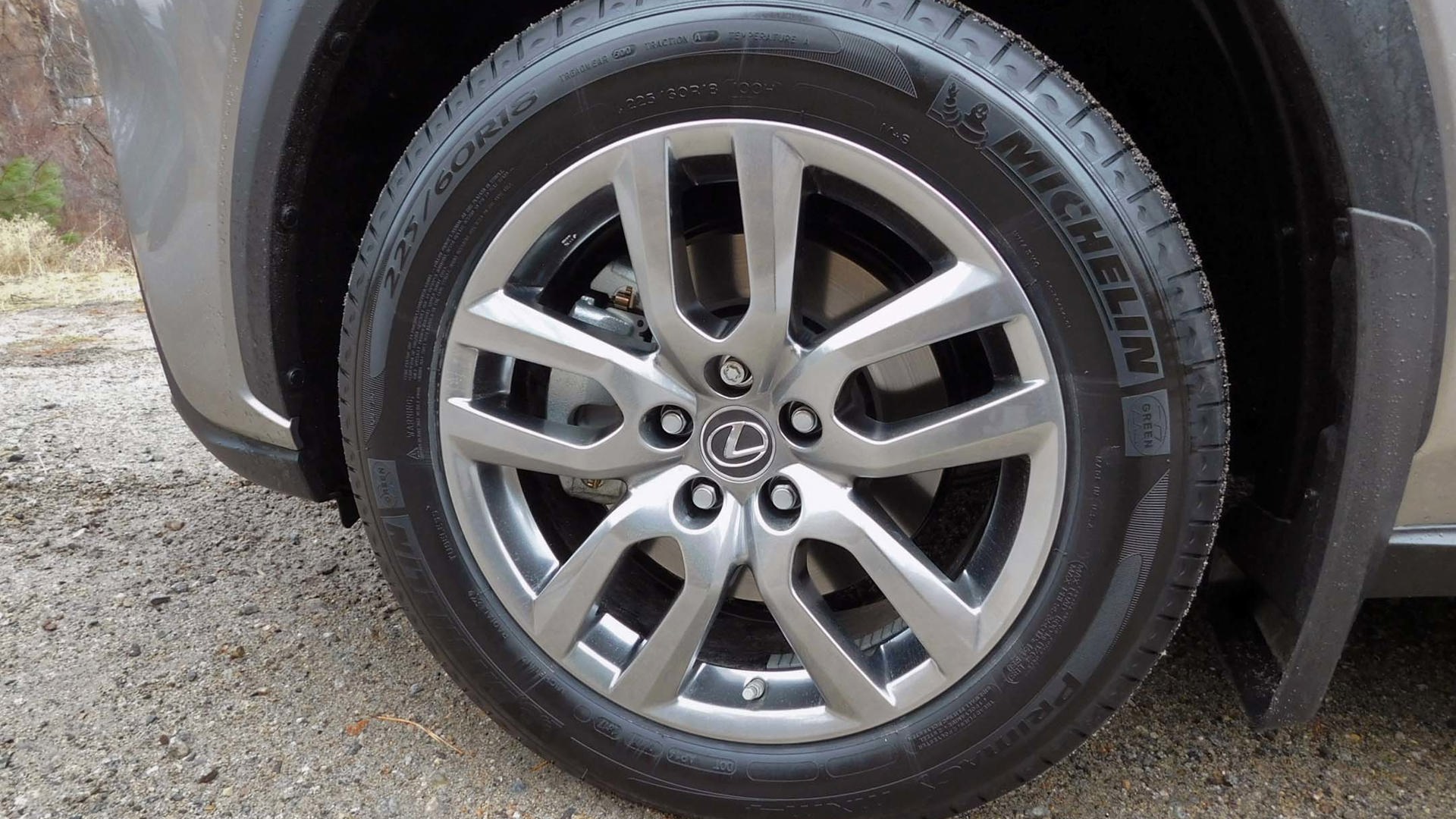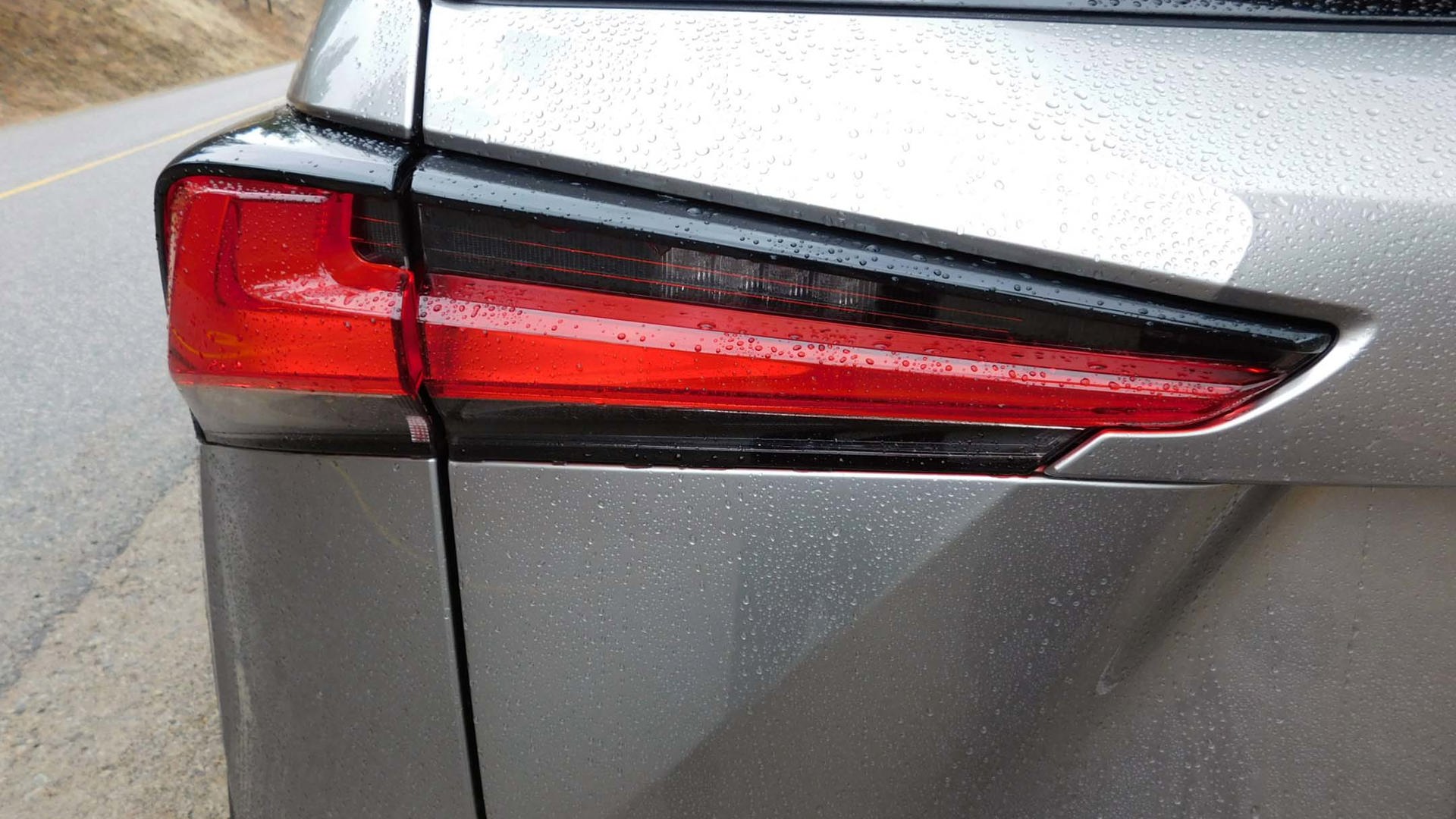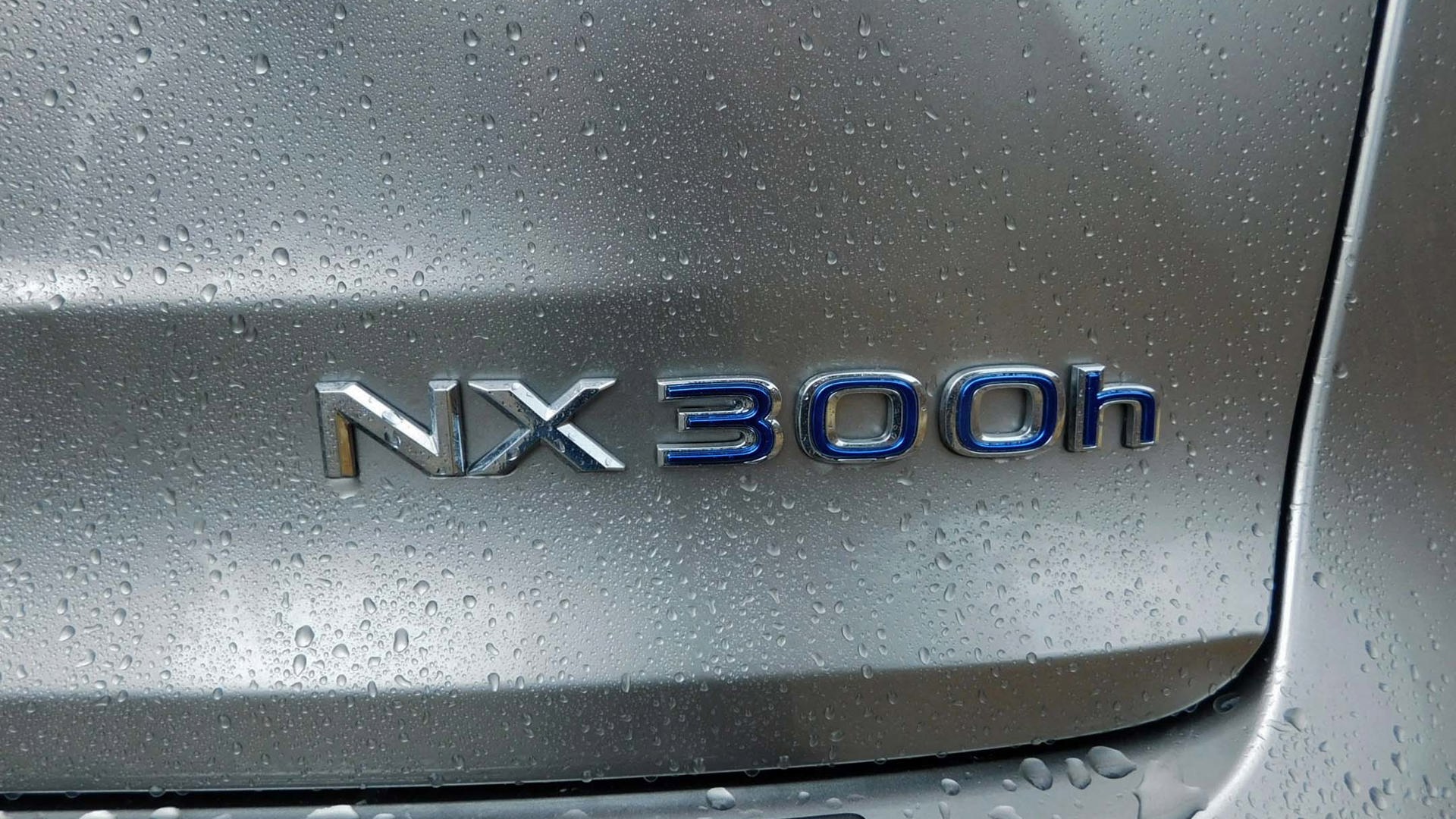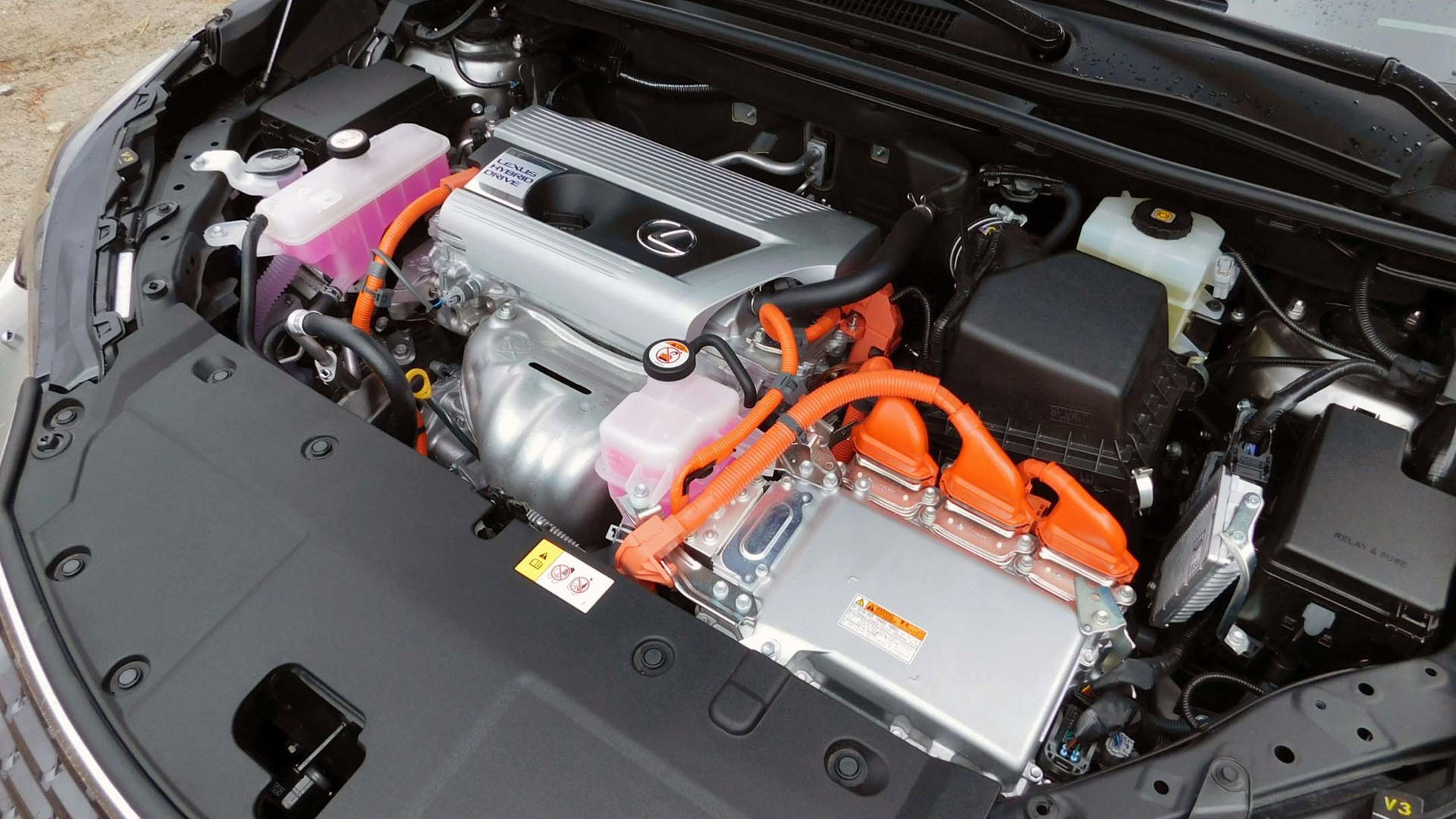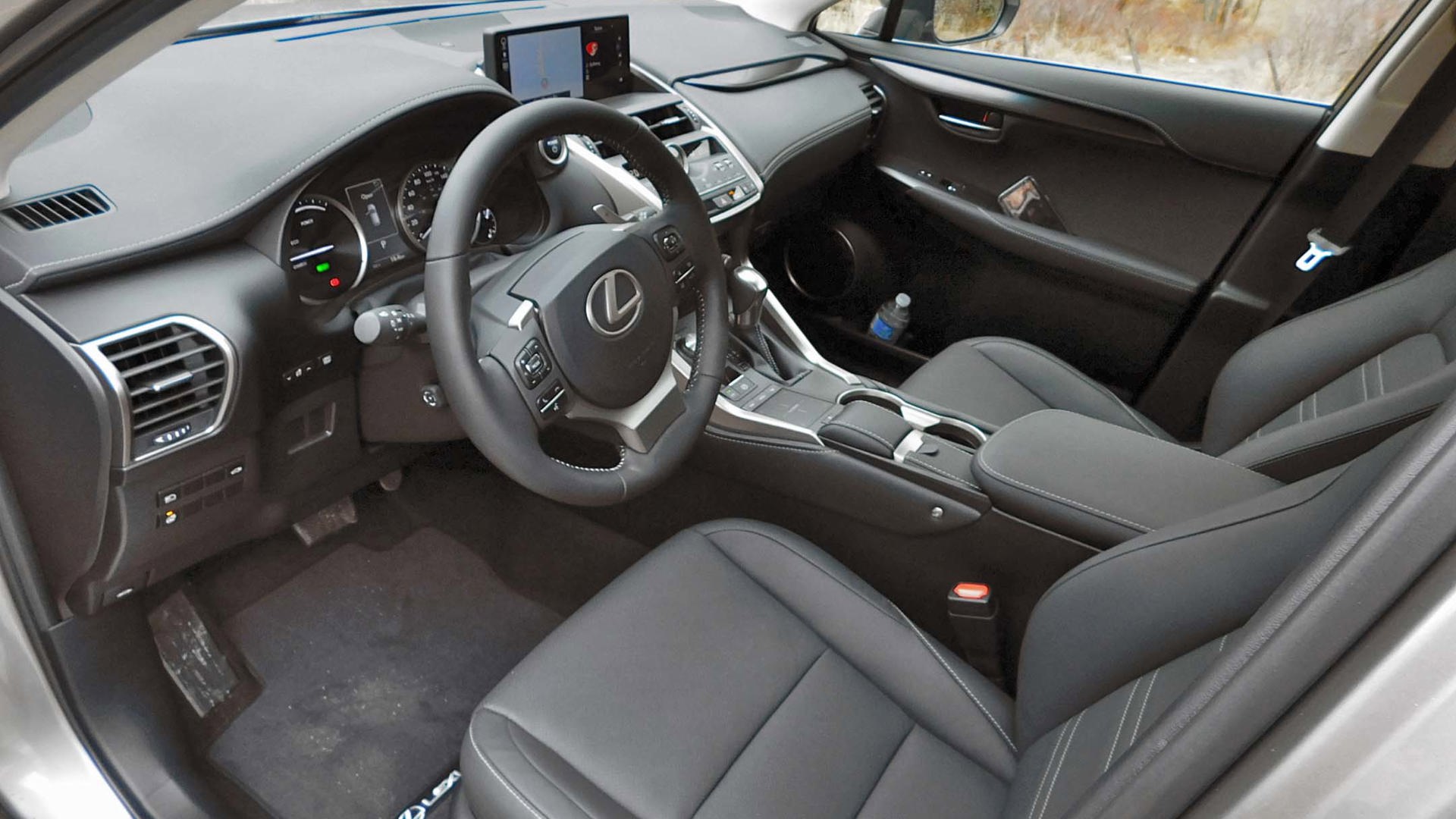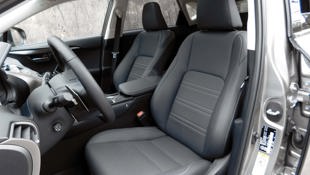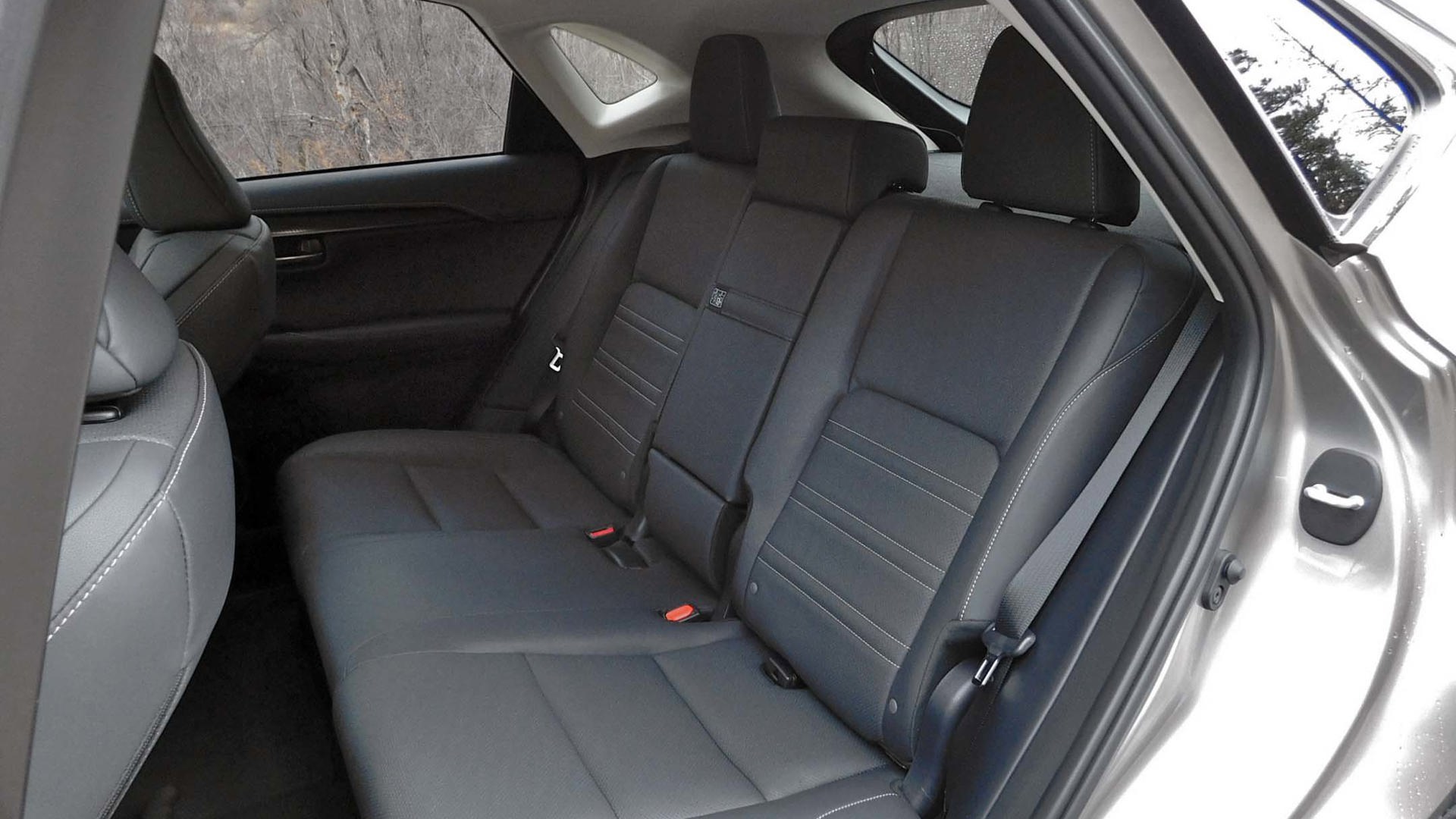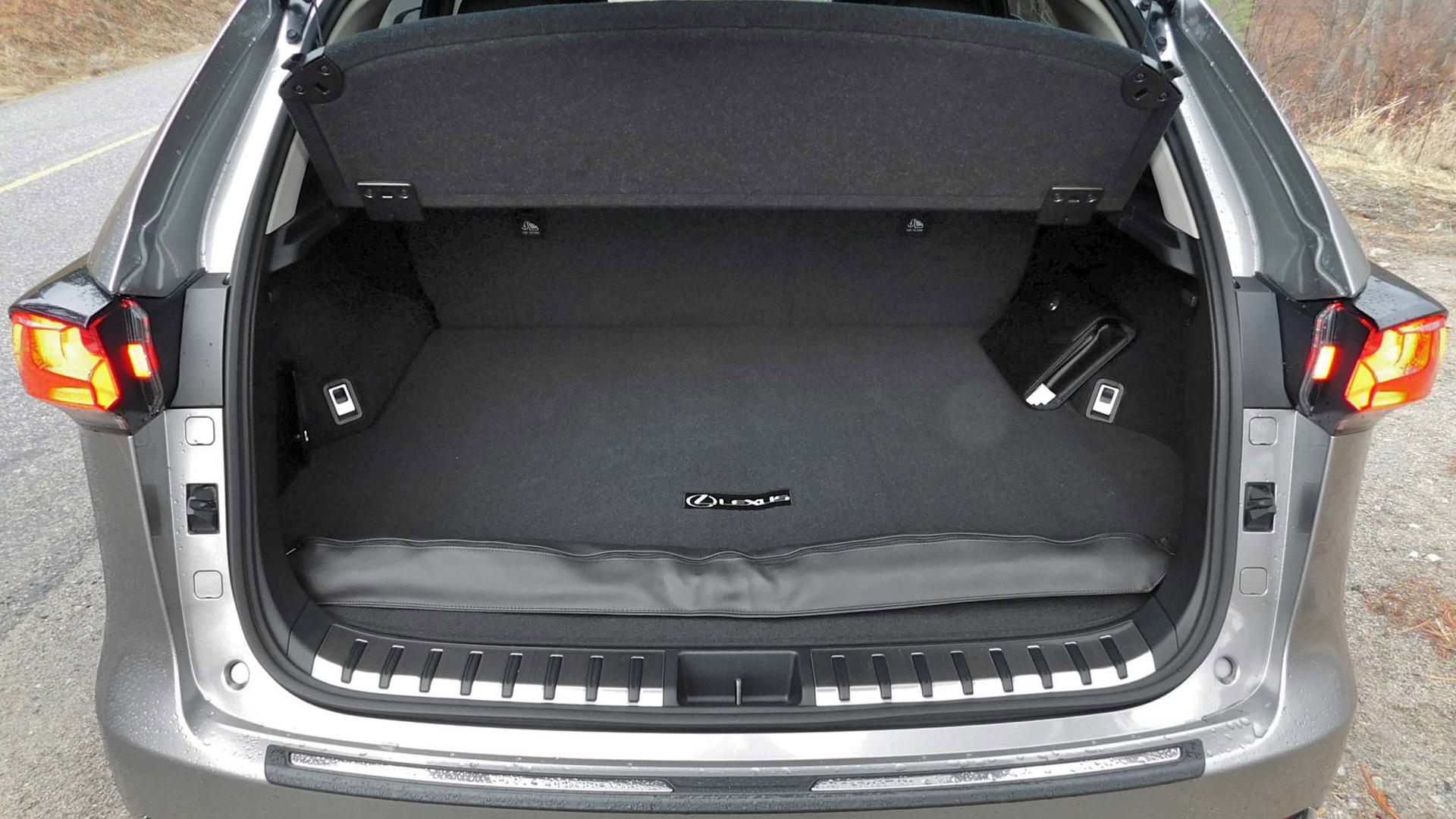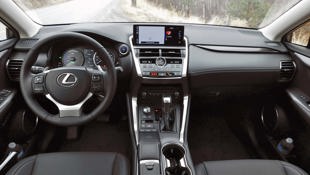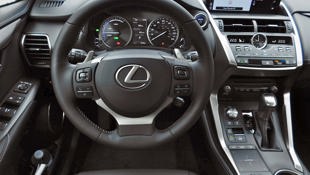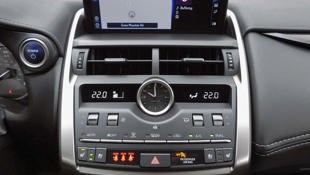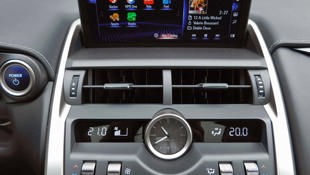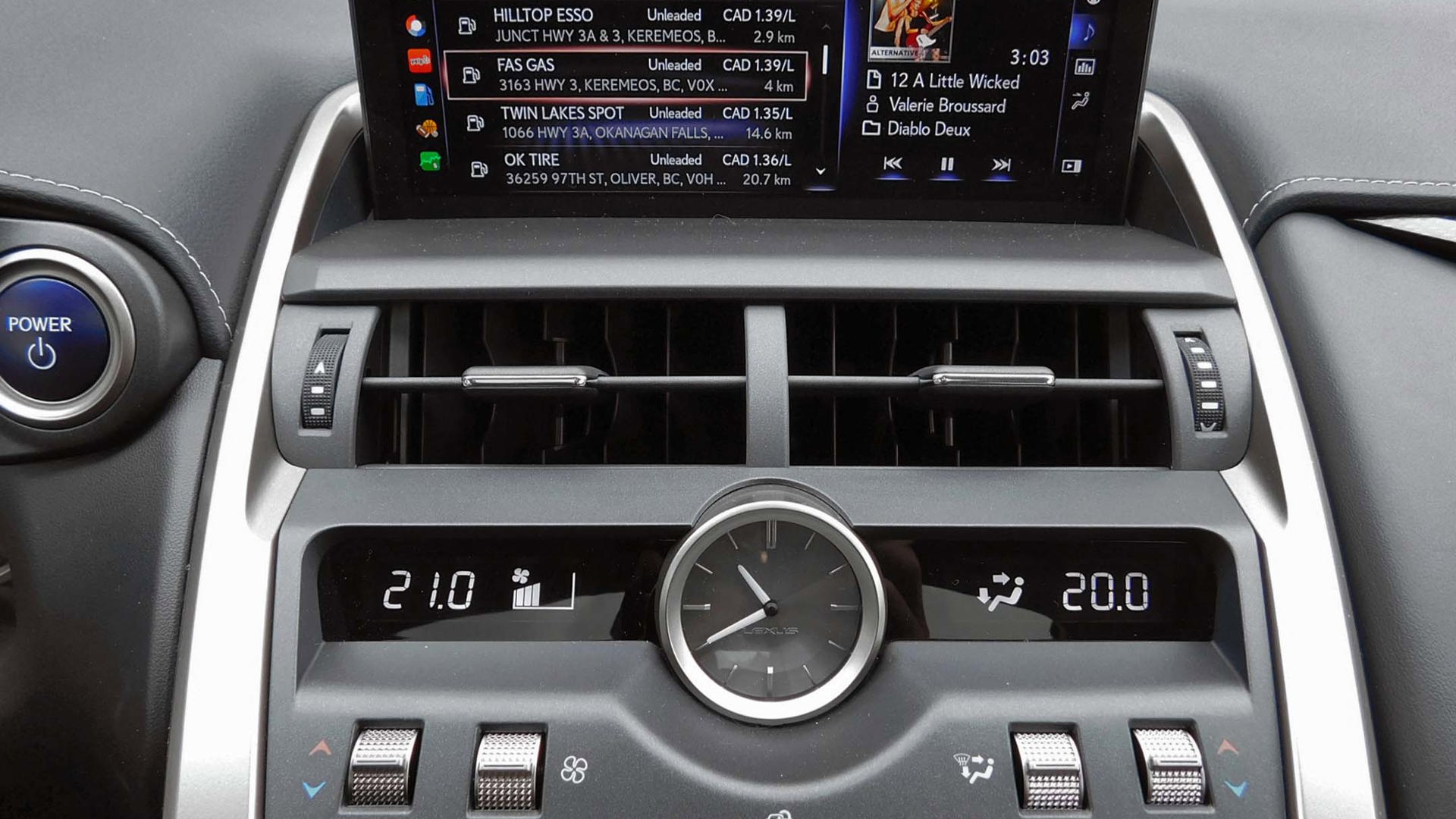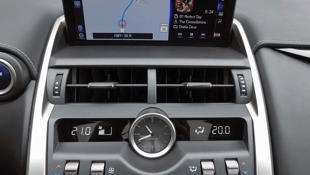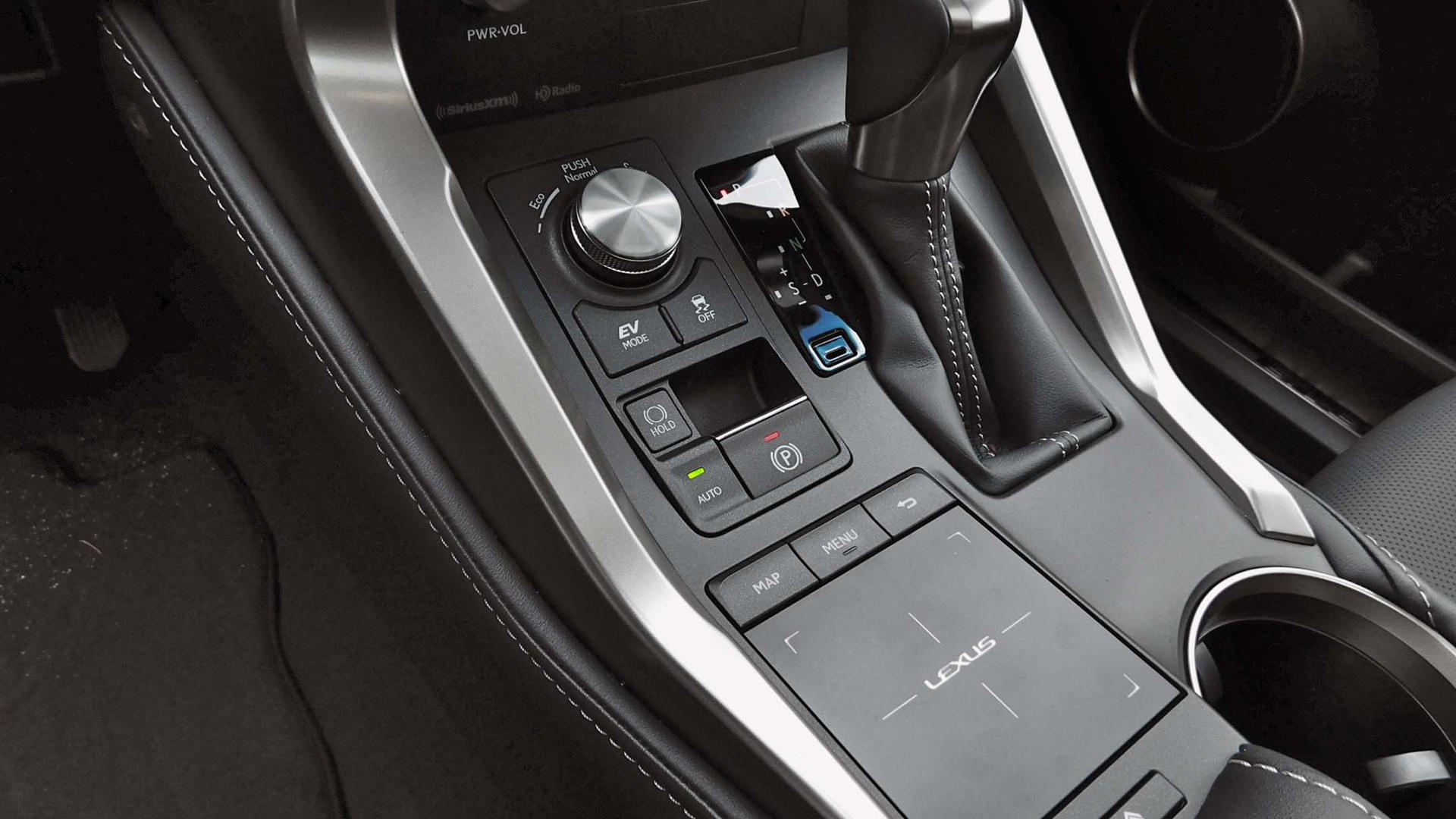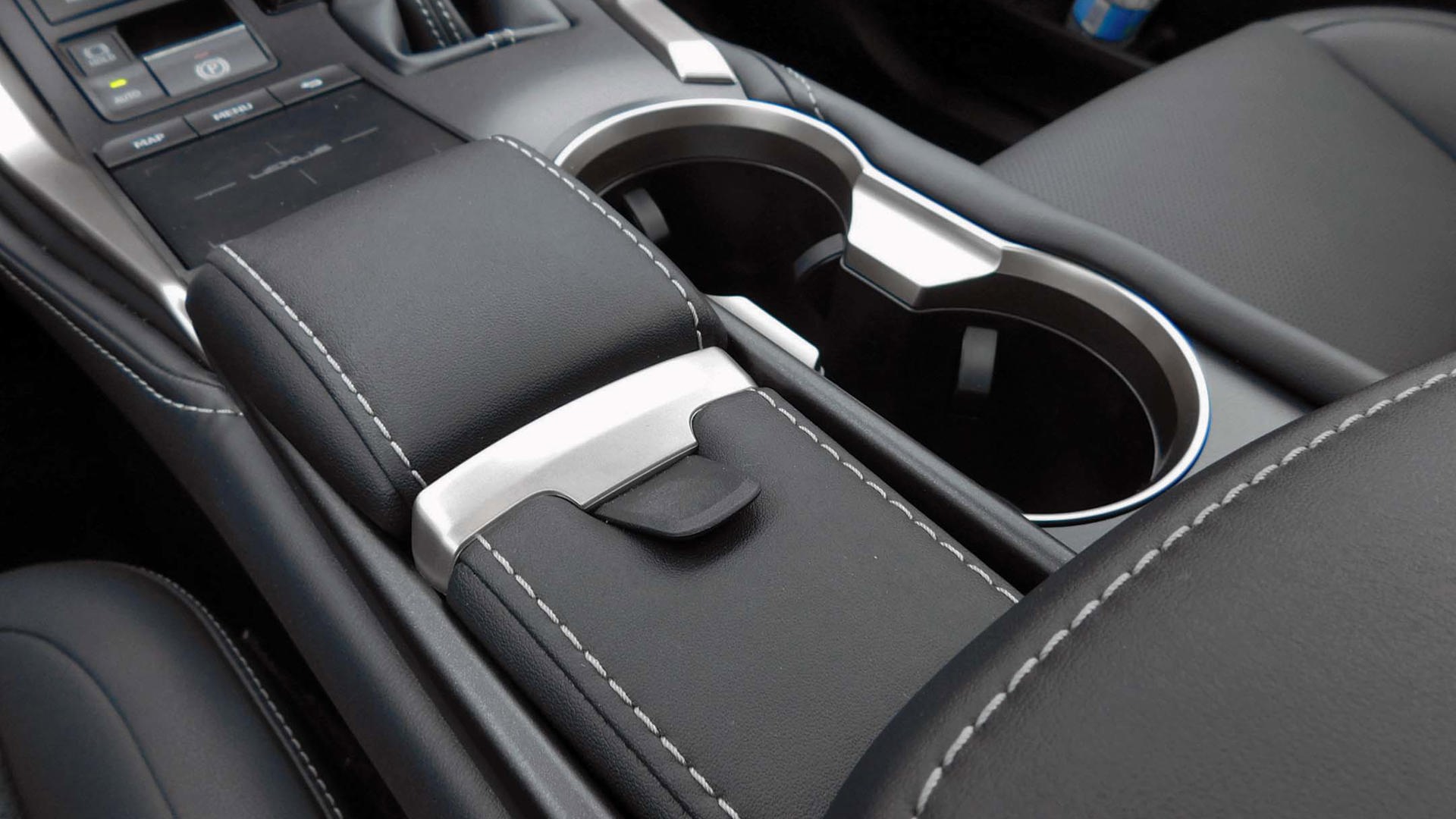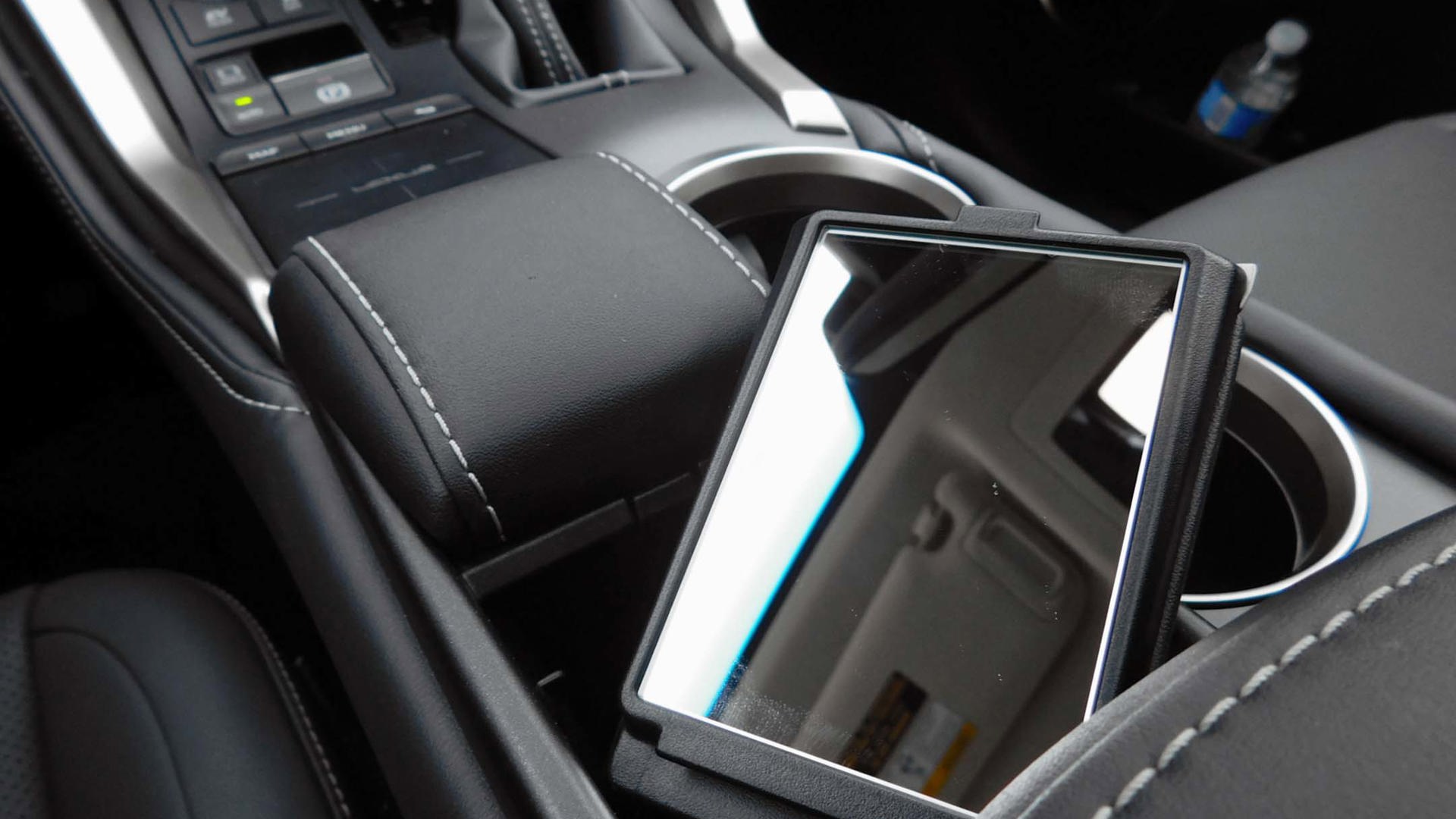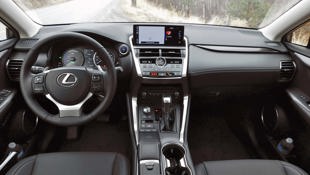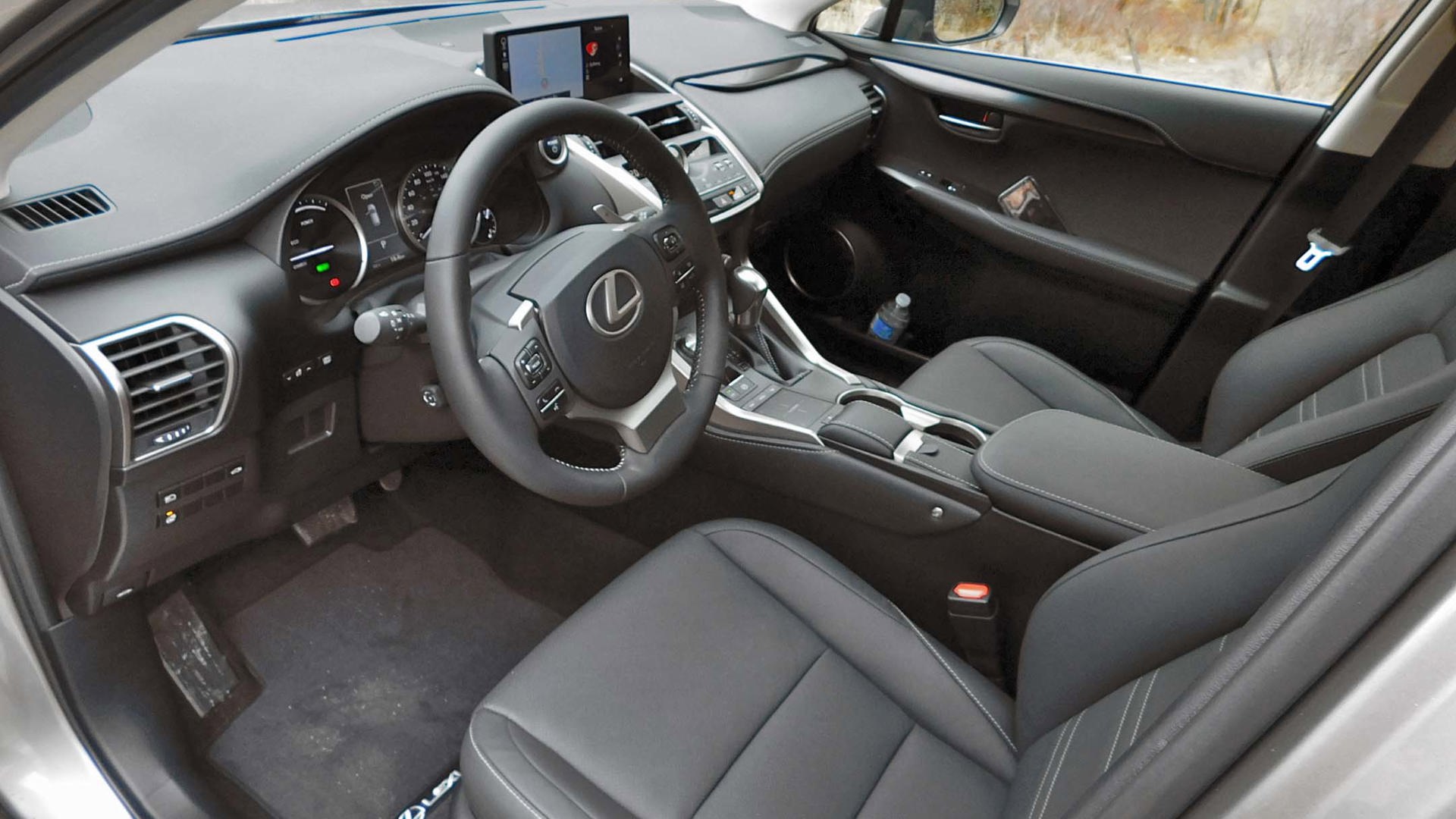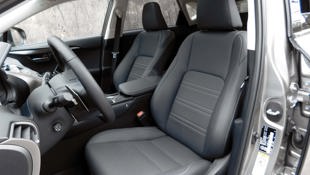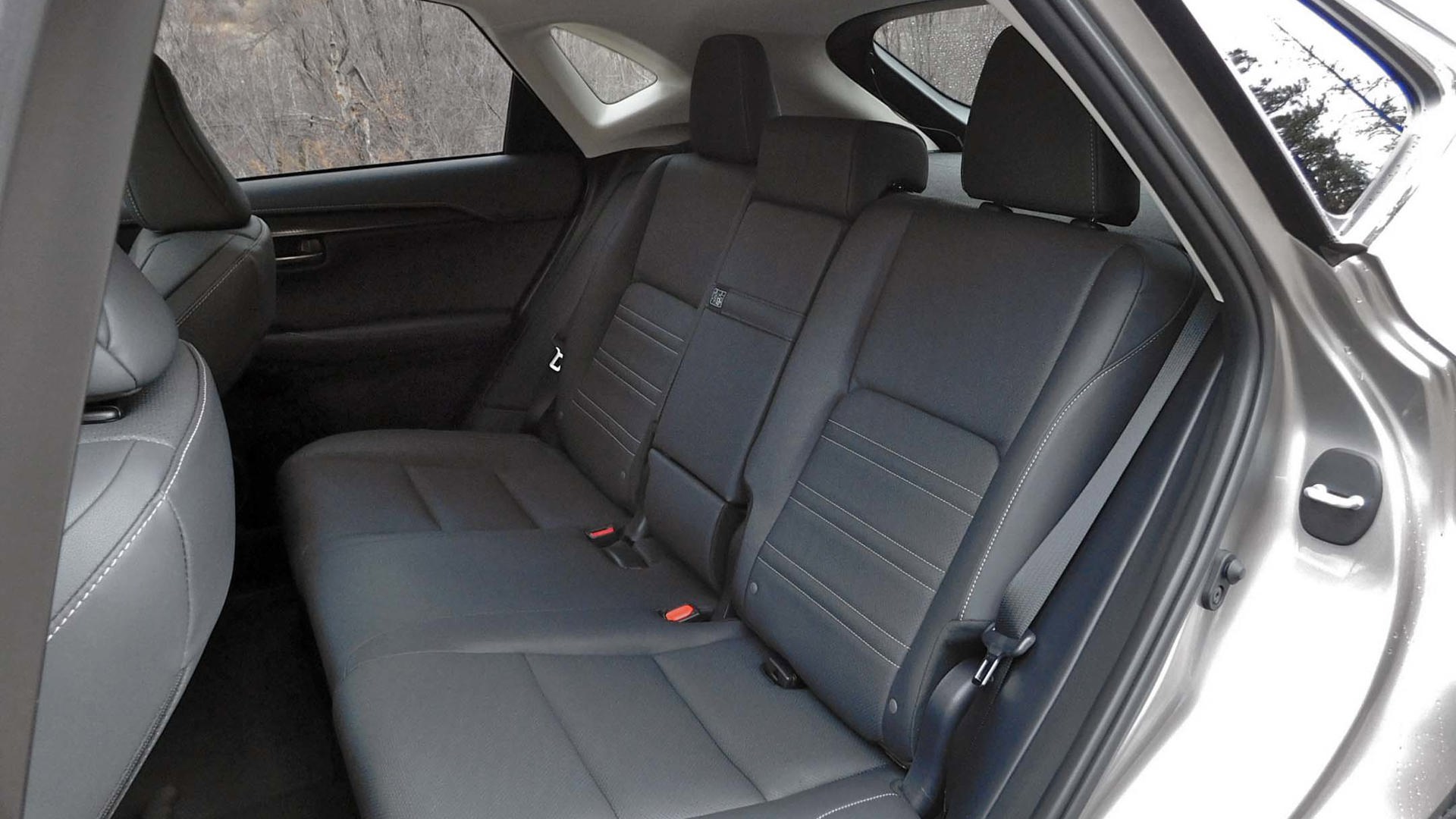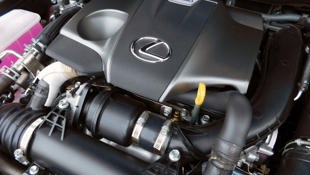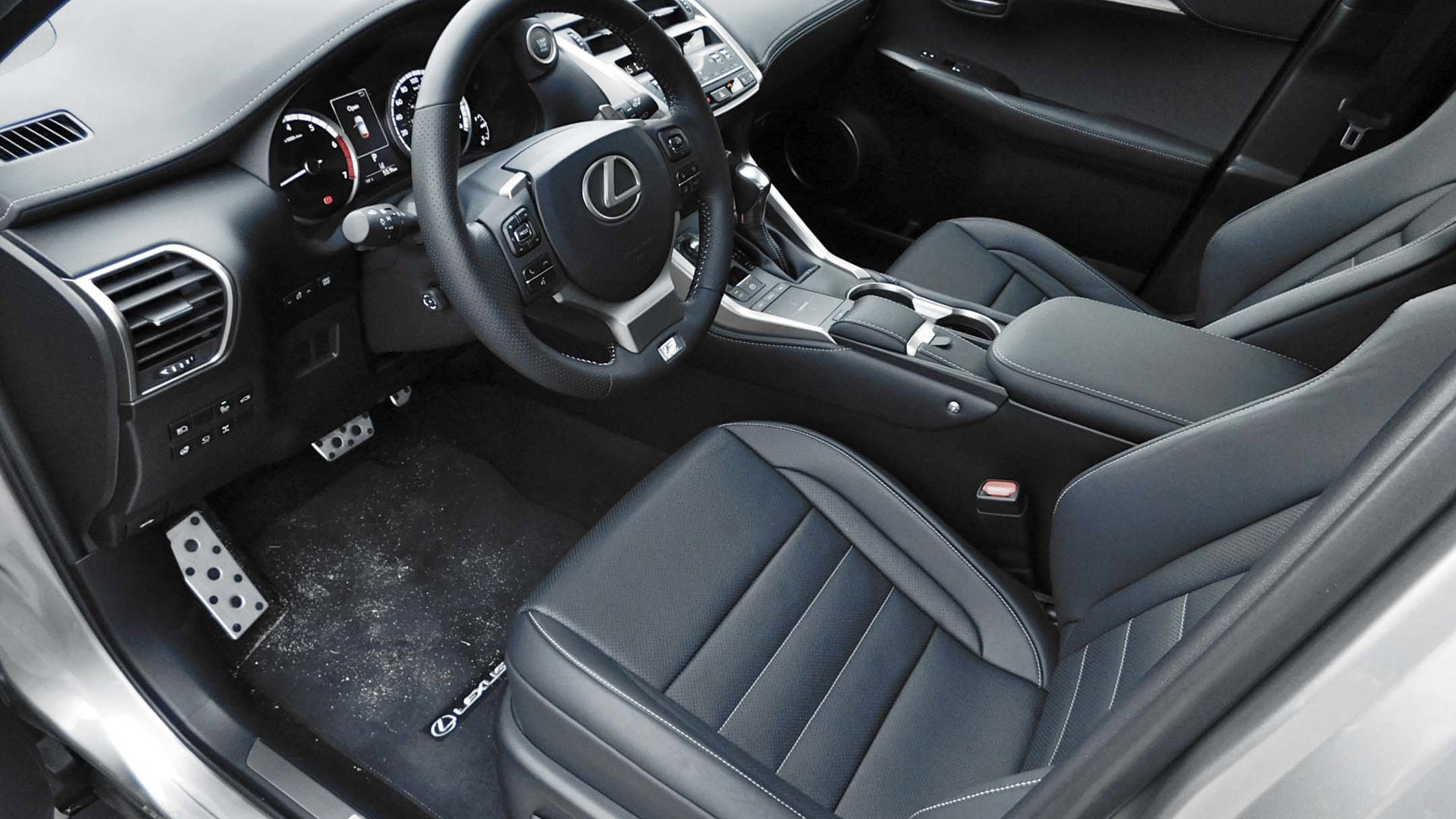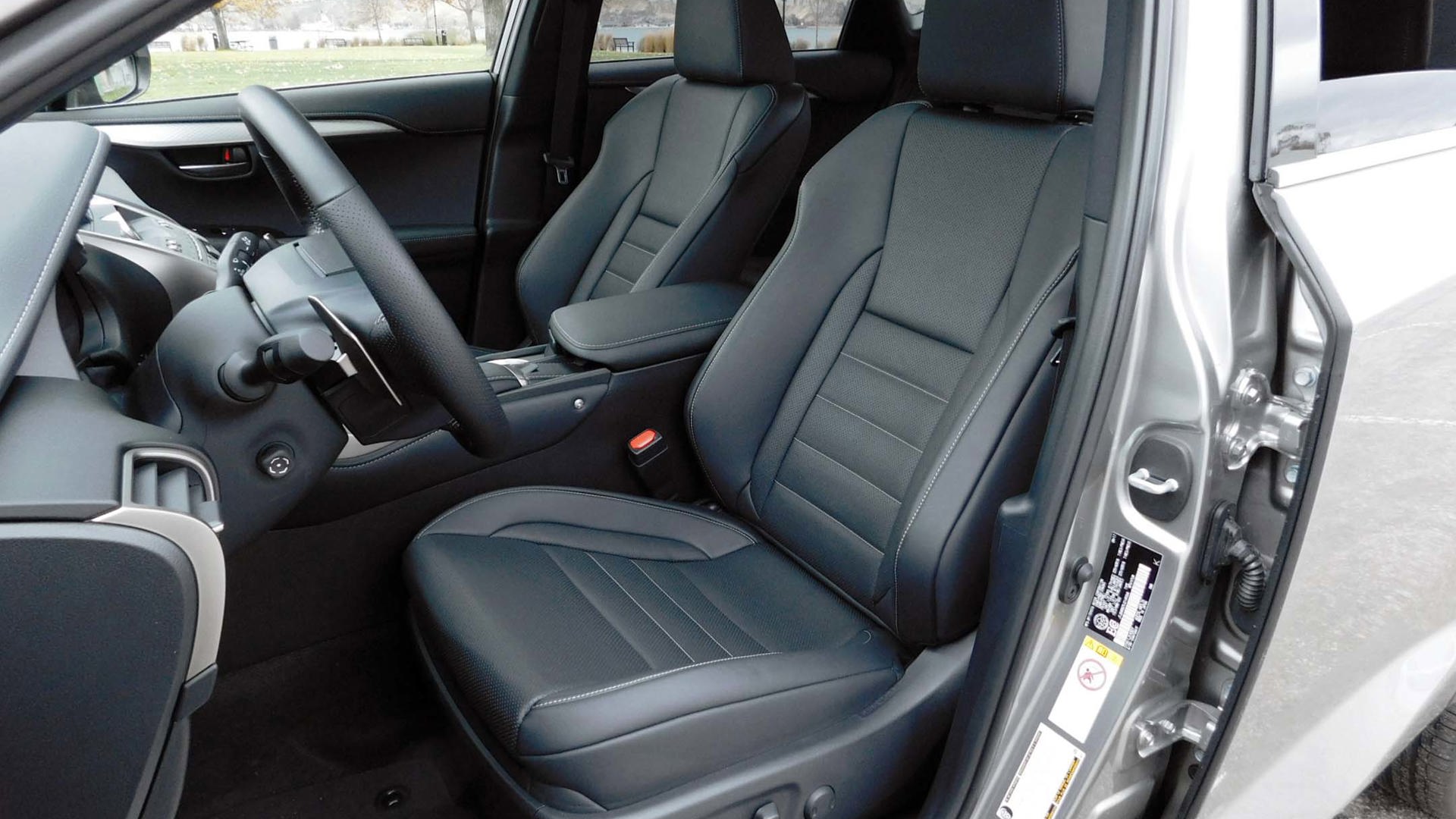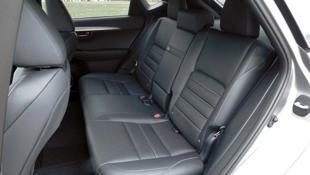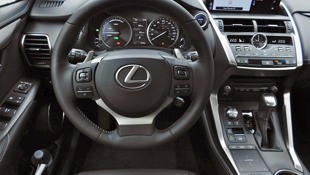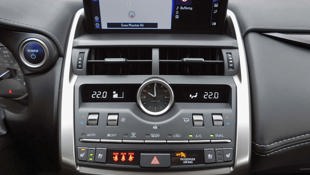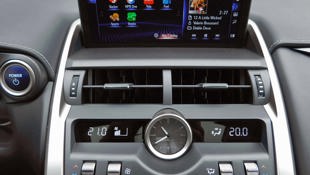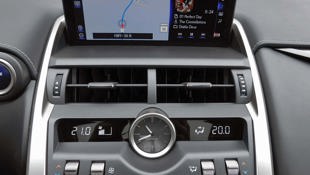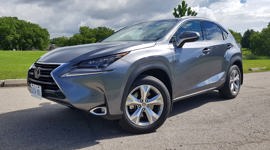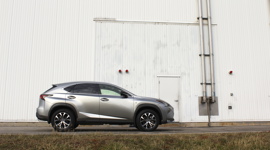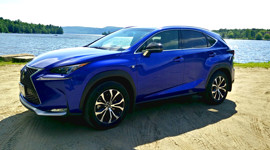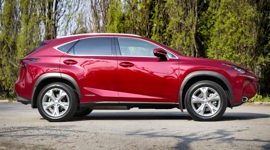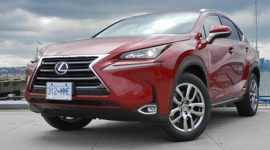PENTICTON, BC – Following its debut just three years ago for the 2015 model year, the compact NX crossover became an instant hit for Lexus. It’s now a key model in the Lexus lineup, accounting for 27 percent of the marque’s sales last year (second only to the mid-size RX crossover) and attracting young new customers into the Lexus fold.
The changes are all very subtle, while the overall look remains anything but.
Lexus has given the NX a mid-cycle makeover, with a host of changes aimed at keeping the luxury crossover fresh without spoiling its winning formula. To introduce the updated NX, the company flew us into the scenic little city of Penticton in the heart of British Columbia’s wine country. It’s a fitting locale, because BC was also host to the NX’s global launch, held in the mountain resort town of Whistler.
New number, same power
In Canada the 2018 Lexus NX gets standard all-wheel drive and is available with a choice of two powertrains – either a 2.0L turbocharged gas engine paired with a six-speed automatic transmission, or a hybrid setup featuring a 2.5L gas engine, a pair of electric motors, and a continuously variable transmission all working together. Previously these two versions of the NX were called the NX 200t and NX 300h respectively, but for 2018 Lexus has decided to bump the conventionally powered sibling up to numerical parity with the hybrid, so now we have the NX 300 and the NX 300h.
The actual engine specs and power output remain the same, at 235 hp and 258 lb-ft of torque for the NX 300, and 194 combined horsepower for the NX 300h.
Still polarizing
Stylistically, the NX can best be described as polarizing – there’s a tendency to either love it or hate it – and the changes for 2018 do nothing to change this. Rather, the changes help refine the style into a more cohesively aggressive whole.
At the front, this includes larger brake-cooling air intakes and reshaped fog-light apertures, restyled grille slats, a new diffuser-type panel under the grille, and restyled headlights. The F Sport gets a bolder mesh for its enormous spindle grille, even larger brake cooling ducts, a bolder diffuser panel, and restyled headlights.
At the back there’s a slightly restyled liftgate (which now echoes the front spindle grille more clearly), new diffuser panels (the F Sport’s is unique and more aggressive, with twin exhaust outlets) and restyled taillights (they’re wider and more cleanly sculpted, and to my eye one of the most distinct improvements). New wheel designs round things out on the corners, while inside there are revised available colour schemes.
The changes are all very subtle (even the new taillights), while the overall look remains anything but.
Tech and hardware updates
To keep up in the technology arms race, the 2018 NX gets standard Enform display audio with an 8-inch screen, which gets upgraded to a 10.3-inch screen in Luxury, Executive, and F Sport trims, and in all 300h hybrid models. The NX is the third Lexus vehicle to get Enform, after the LC and LS. The system comes bundled with Lexus’s Enform App Suite 2.0, which includes smartphone apps such as Slacker radio, NPR One (national public radio), Yelp, traffic, weather, fuel/price finder, sports scores, stock price tracker (all with no subscription required), and Scout cell-based navigation (with a three-year subscription).
What the NX doesn’t get, however, is Apple CarPlay or Android Auto support. The folks at Lexus say this was a conscious decision, but were somewhat coy about the reasoning (chatting informally, I was told that factors in the decision included concerns about data privacy and system security). How well the choice will be accepted by consumers remains to be seen, but on the bright side I found the Enform apps to be simple and intuitive to use, with the fuel/price finder being a particularly useful feature.
I’m not quite sure I should be checking stock prices while driving, but it was easy enough to do so.
In addition to the apps, the Enform system includes a four-year automatic subscription to Lexus’s Enform Safety Connect feature with emergency assistance button, enhanced roadside assistance, automatic collision notification, and stolen vehicle locator.
The Enform system itself is rocket-fast in its responses, and the big 10.3-inch screen is a thing of beauty, although some of the menu structures are less than intuitive (it took me ages to find the bass and treble controls when playing music off a USB stick), and I’m still not 100 percent sold on Lexus’s trackpad-style controller.
For 2018 the controller’s handrest has been adjusted for more comfort, so there’s that. Also on the ergonomic front, the climate controls have been revised with new toggle-style switches, and these are nice to look at and perfectly intuitive and easy-to-use.
In terms of safety tech, the NX now gets the Lexus Safety System+ suite of technology which includes pre-collision system, adaptive dynamic radar cruise control, lane-departure alert with steering assist, and automatic high-beam control. The Luxury, Executive and F Sport 2 trim levels also get intelligent clearance sonar with rear cross-traffic braking.
On the driving side of things, the NX gets a revised suspension system and shock absorbers for 2018, standard-across-the-range paddle shifters, bi-beam LED headlights (or triple-beam on higher trims), plus a range of newly available equipment, including a kick sensor on the power rear liftgate, heated rear seats, and panoramic view monitor.
Driving impressions
On the twisting, mountainous roads surrounding Penticton, the 2018 NX proved itself to be capable, comfortable, and sure-footed. I drove both the NX 300h (which gets the revised suspension and dampers) and the NX 300 F Sport 2+ version with the adaptive variable suspension, which itself is also revised for 2018. The suspension changes were aimed at providing sharper handling without sacrificing ride comfort. It’s hard to make informed comment without the opportunity to drive the new version back-to-back with the previous model, but suffice to say that both trims offer excellent control and pretty much superlative comfort.
Both myself and my co-driver for the event preferred the adjustable suspension in the F Sport, which could be dialled up to provide handling chops that a sedan could be proud of. Combined with the immediate, eager responsiveness of the turbocharged gasoline engine and the hooked-up, quick shifting feel of the six-speed transmission, it made for a genuinely engaging driving experience.
By comparison, the 300h is a more relaxed-feeling machine. It still handles well, but there’s a discernible floatiness when negotiating undulating corners, and the basic nature of the hybrid’s CVT transmission creates a bit of a disconnect between what your right foot thinks should be happening and what your ears and the seat of your pants report. This is especially true when climbing steep highway grades, which causes the engine revs to jump up into somewhat droning territory. The 300h’s newly standard paddle shifters provide the ability to flip through pre-programmed virtual “gears”, which dials in a little connectedness, but the “shifts” are soft-edged and take a moment to execute.
Where the hybrid pays back is in fuel economy. This I’ve found to be especially true in city driving, but even during our backroad and highway driving, the 300h used about 20 percent less fuel than the F Sport, showing a 7.9 L/100 km average over the course of our drive, compared to 9.9 L/100 km for the F Sport.
In terms of comfort and convenience, all trim levels that I drove and sat in delivered nicely. As before, all grades get dual-zone automatic climate control, heated power-adjustable front seats, tilt and telescoping front wheel, auto-dimming mirror, cruise control, push-button start, back-up camera, and much more. Moving up the grade ladder adds things like perforated leather-upholstery (instead of NuLuxe faux leather), ventilated front seats, heated steering wheel, power moonroof, auto-dimming side mirrors, built-in navigation, and wireless cellphone charging pad.
The two models I drove were equipped on par with the best compact SUV/crossovers from any manufacturer. The only area in which the little Lexus perhaps came up a little short was in road noise control, with a fair bit of tire hum coming into the cabin when driving on roads with pebbly tarmac.
Pricing
Suggested pricing for the 2018 Lexus NX 300 starts at $44,050 for the base model and climbs up to $56,700 for the Executive trim. The F Sport starts at $51,350 and runs up to $57,200. The 300h starts at $55,300 and tops out at $62,750. It’s a fair chunk of change for a compact crossover, but the NX is a well-executed machine, and when similarly equipped it compares favourably to luxury competitors like the Acura RDX (starting at $42,390), Volvo XC60 (starting at $45,900) and BMW X3 (starting at $48,000).

